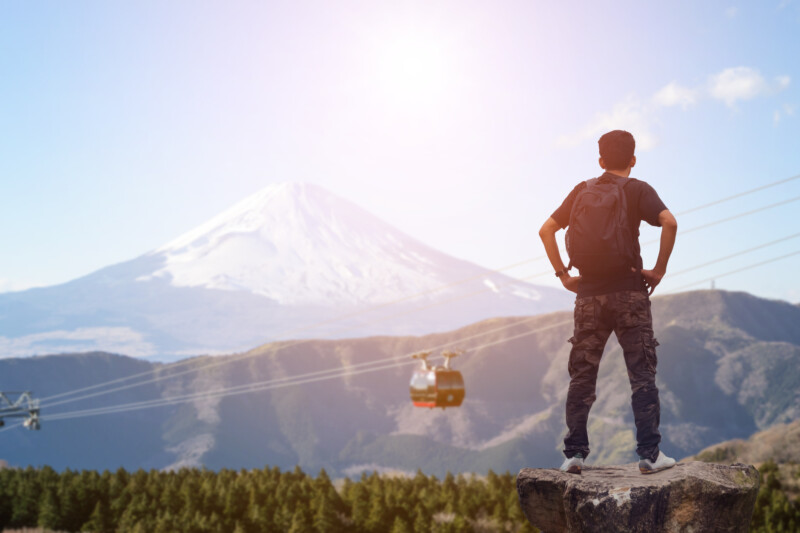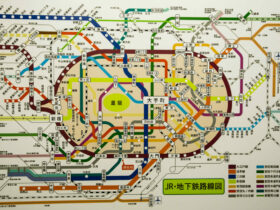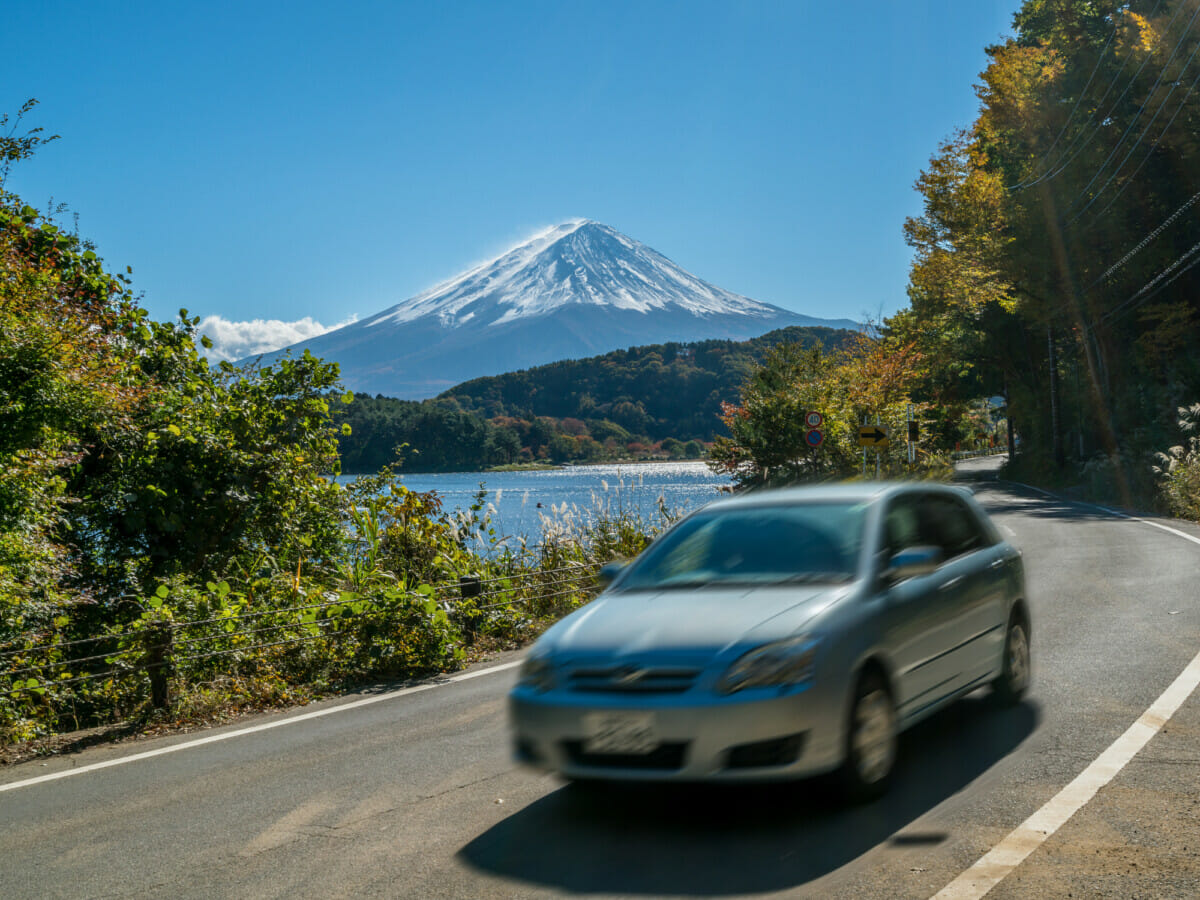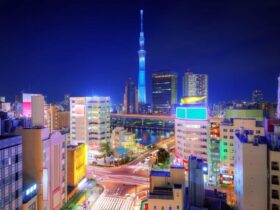Traveling to Japan is a dream for many people, as it is a country that offers a perfect blend of ancient traditions and modern technologies.
The country is famous for its convenience stores, which provide a range of products, making them a lifeline for travelers.
The convenience stores are just one aspect of the country that highlights the theme of variation, which is evident in the country’s culture, customs, and traditions.
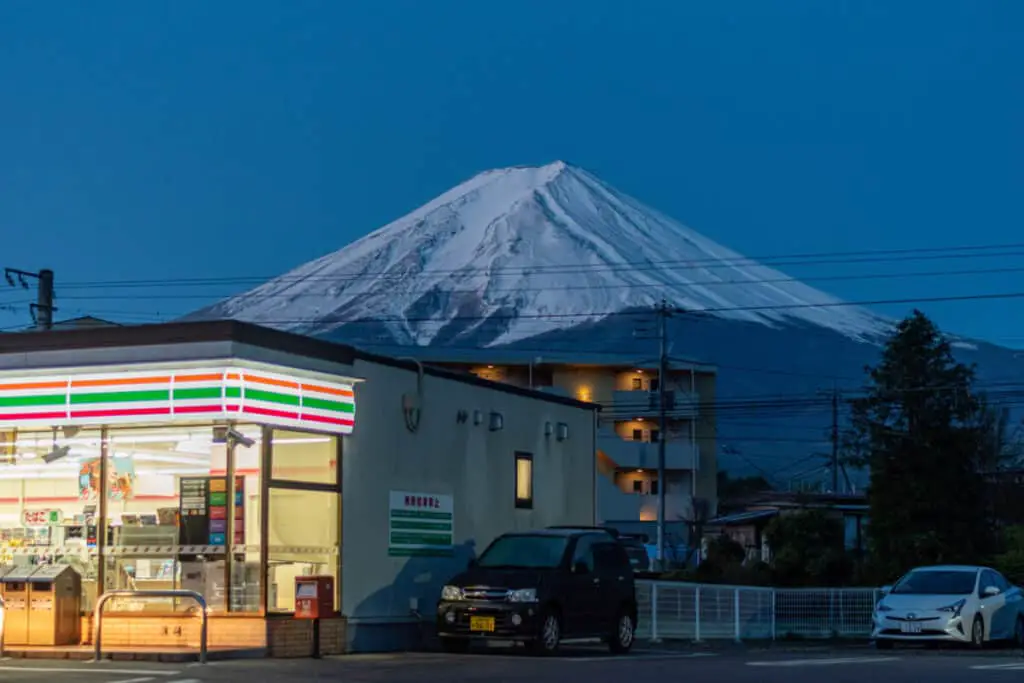
From the bustling cities to the serene countryside, Japan is a land of contrasts, which makes it an exciting destination to explore.
A day trip to Mount Fuji is a must-do for travelers visiting Japan, as it offers some of the best views in the country.
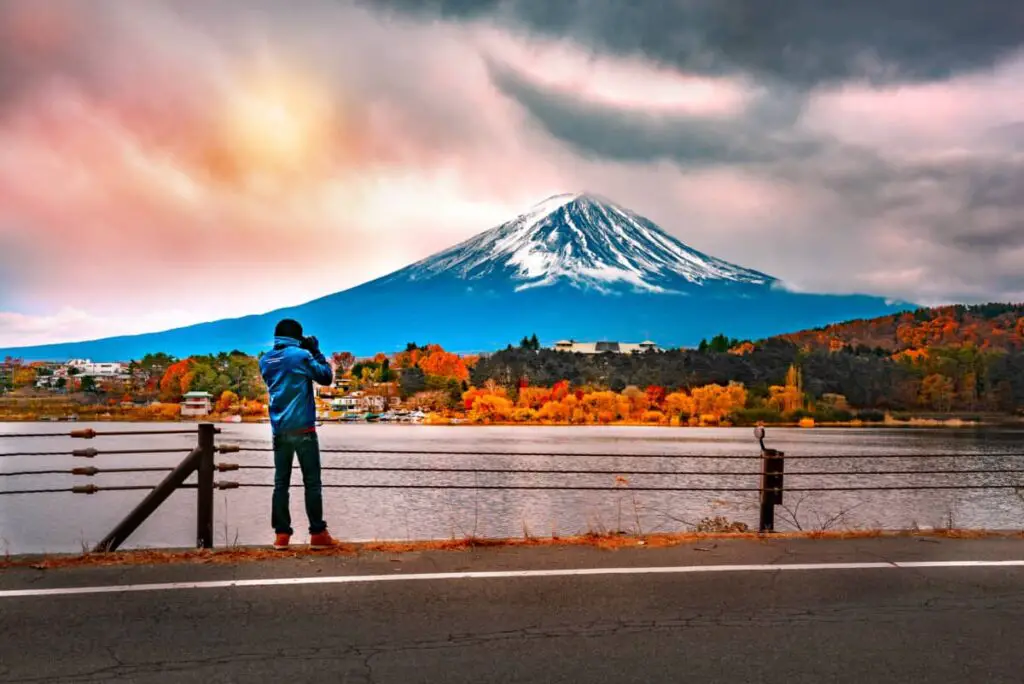
The bullet train is the best way to travel around Japan, as it is fast, efficient, and punctual. However, to make the most of the bullet train, travelers need to know the best time to travel, which is during the seasons.
Japan’s major cities, such as Tokyo and Osaka, are cosmopolitan and vibrant, offering a unique blend of old and new. Travelers can experience the Japanese way of life by staying in private rooms or capsule hotels.
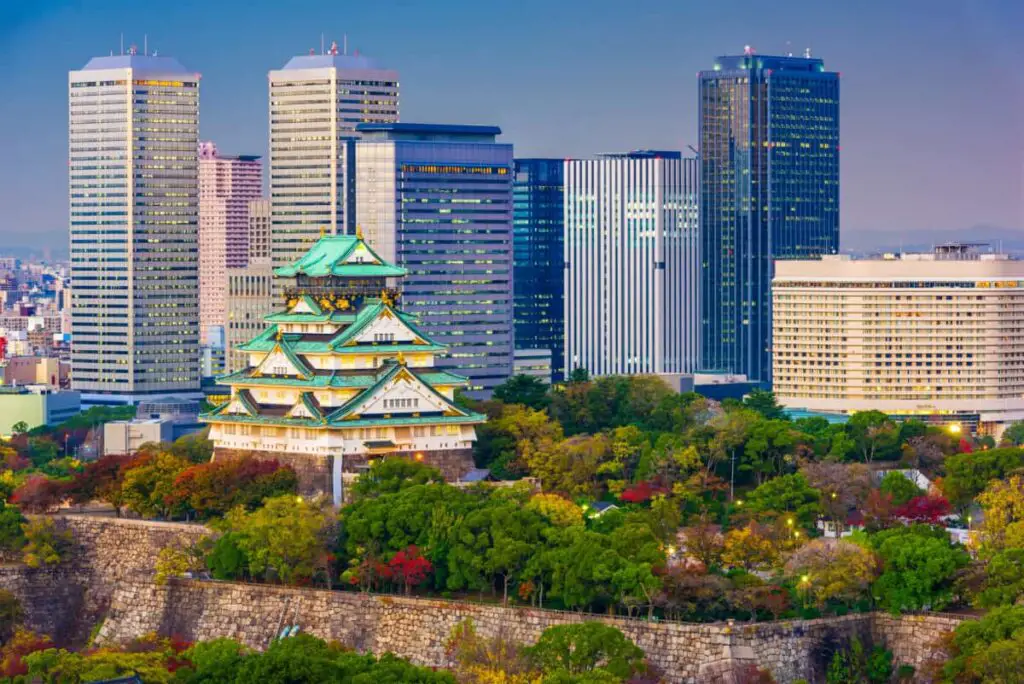
Planning a trip to Japan can be overwhelming, but it is a good idea to have a Japan itinerary that includes some of the best places to visit.
Local trains are a great way to explore the country and its main attractions, which include UNESCO World Heritage sites, such as ancient temples and the Imperial Palace.
However, traveling to Japan can be an expensive endeavor, and it is essential to budget wisely, especially for backpackers on a limited budget.
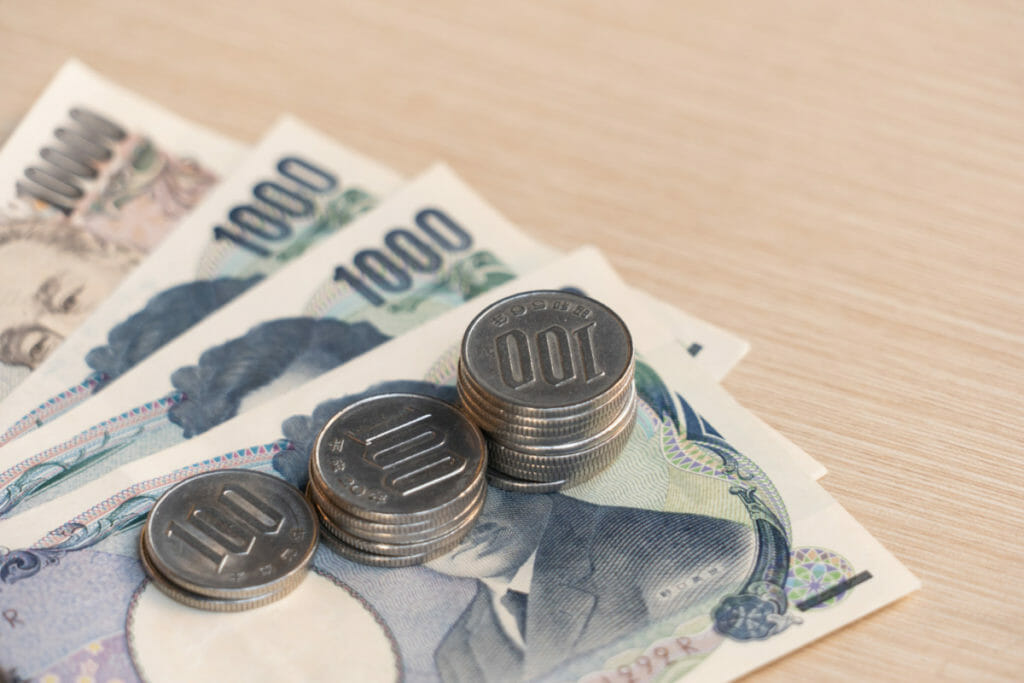
This Japan travel guide provides information on everything travelers need to know before embarking on their journey. From obtaining a work visa to purchasing a Japan Rail Pass and travel insurance, this guide covers all the essential topics.
Travelers can also learn about unique experiences, such as visiting Universal Studios Japan and trying Japanese street food.
Finally, this guide includes tips on staying hydrated by carrying water bottles, and the benefits of using a Suica card for unlimited rides on public transportation.
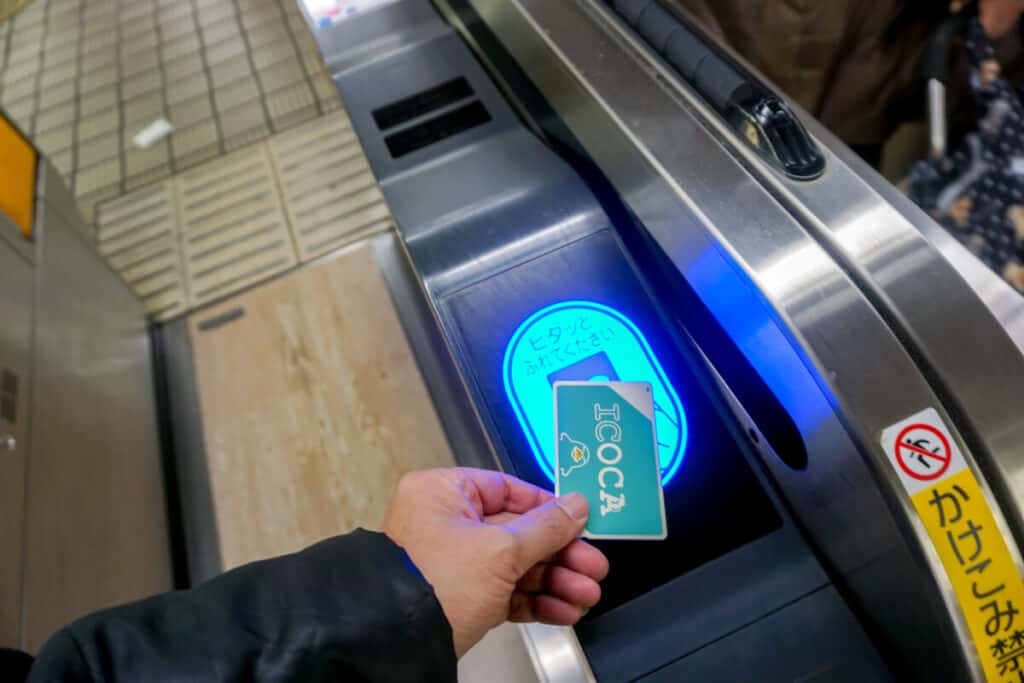
Whether you are a first-time visitor or a seasoned traveler, this guide offers valuable insights and information to make your Japan trip a great time.
Hokkaido
Hokkaido is Japan’s northernmost island and a treasure trove of natural beauty, cultural heritage, and delicious cuisine.
Its vast landscapes, including mountains, forests, lakes, and coastline, make it a paradise for outdoor enthusiasts and nature lovers.
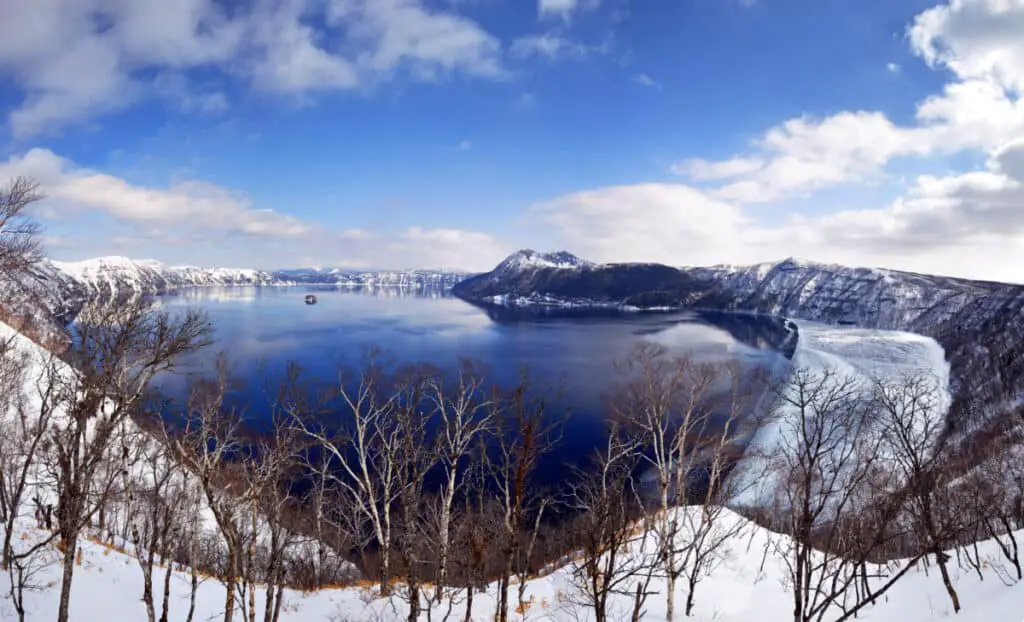
Hokkaido also has a unique history and culture, shaped by its indigenous Ainu people and the waves of settlers who have come to the island over the centuries.
Suggested Itineraries for Back Pacing in Hokkaido
To fully experience Hokkaido’s diversity, we recommend spending at least 7-10 days in the region. Here are some suggested itineraries for back pacing in Hokkaido:
Option 1: Eastern Hokkaido
Day 1-2: Start your journey in Kushiro, known for its wetlands and birdwatching opportunities. Spend the night in a traditional ryokan with hot springs.
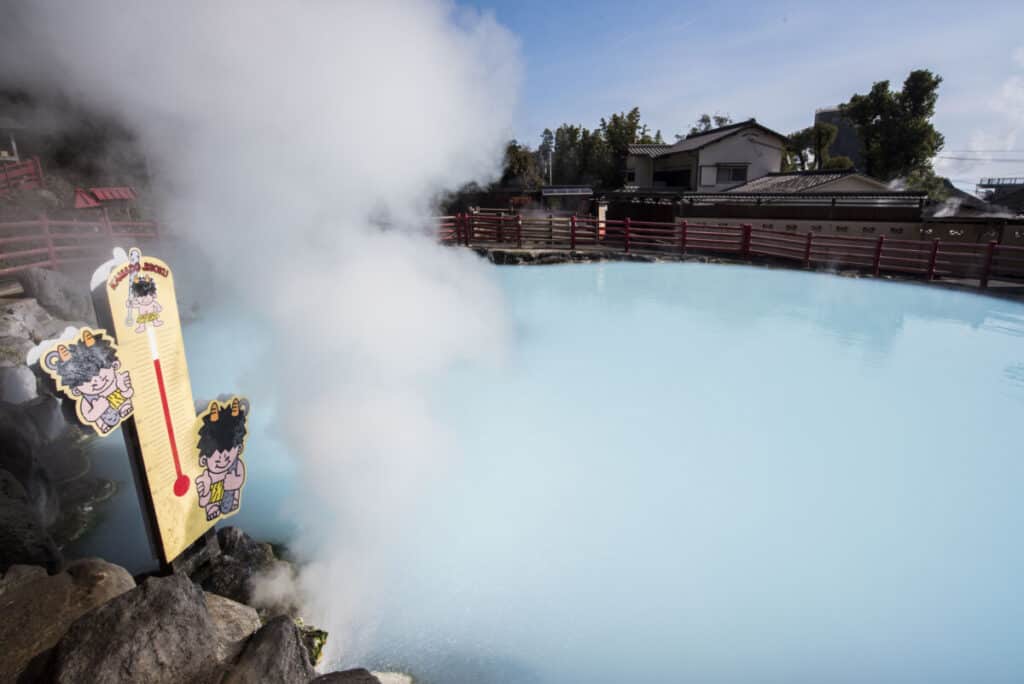
Day 3-4: Head north to Lake Akan and enjoy a scenic boat ride on the lake. Explore the Ainu culture at the Ainu Kotan village and sample local dishes, such as salmon and mochi.
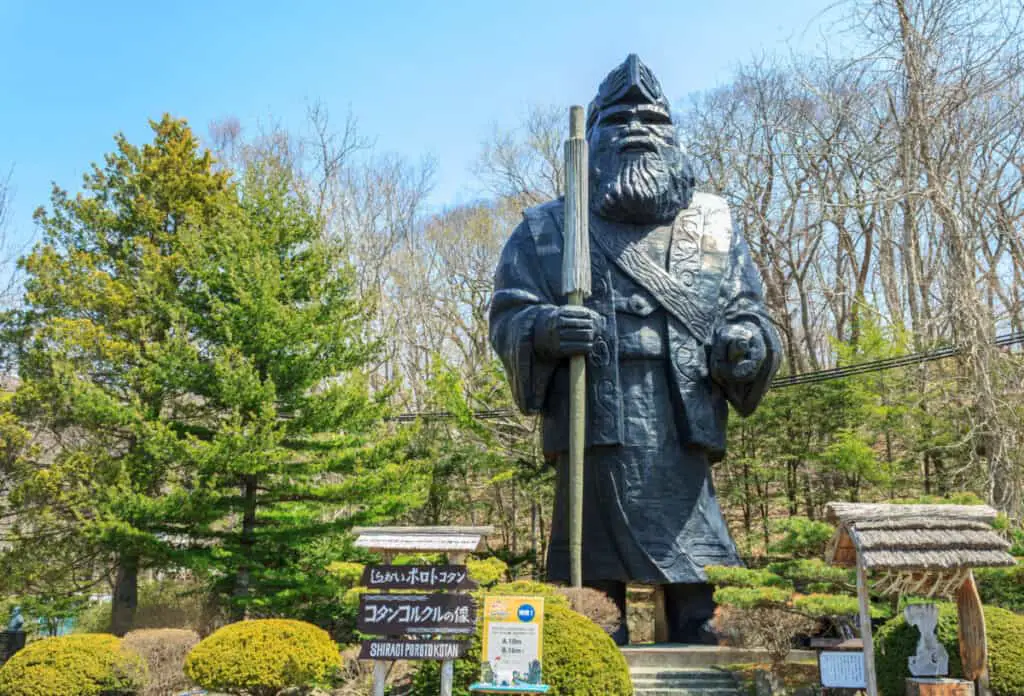
Day 5-6: Visit the Shiretoko Peninsula, a UNESCO World Heritage site, and hike in the national park to see wildlife and stunning landscapes. Stay in a mountain lodge or campsite.
Day 7-8: End your trip in Nemuro, where you can observe migratory birds, sea otters, and other marine life. Take a sea kayaking tour to see the sunrise and visit the Cape Nosappu Lighthouse.
Option 2: Western Hokkaido
Day 1-2: Begin in Sapporo, the capital of Hokkaido, and explore the city’s vibrant food scene, including ramen, seafood, and craft beer. Stay in a hotel or guesthouse in the city center.
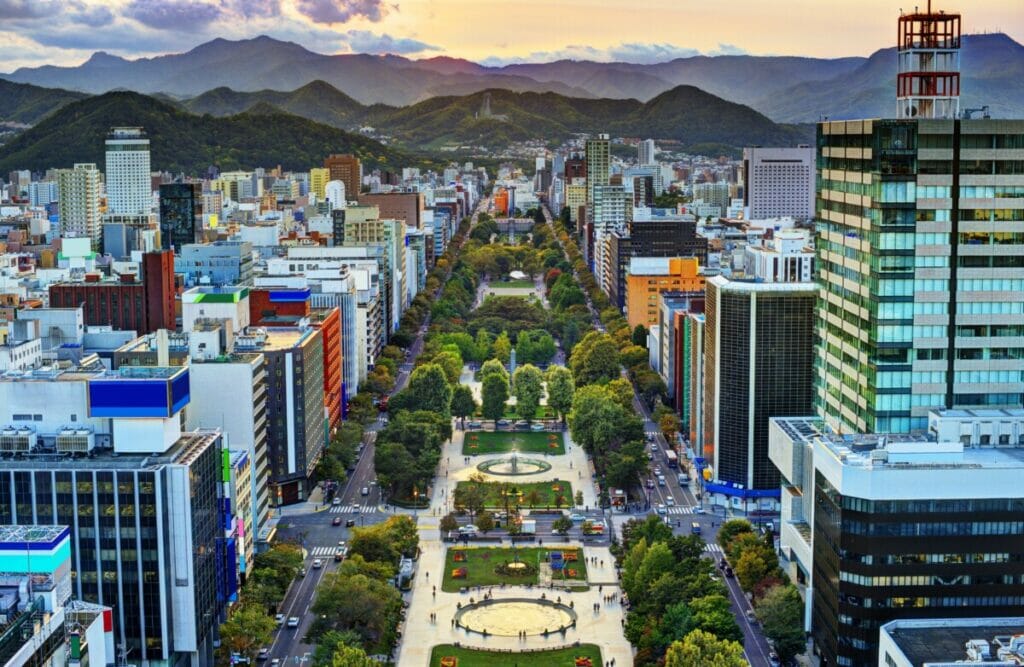
Day 3-4: Head to Otaru, a charming port town with a canal and old-fashioned streets. Visit the Otaru Music Box Museum and sample local sweets, such as herring and cheese.
Day 5-6: Explore the Niseko area, famous for its powder snow and ski resorts. Take a snowshoeing tour or go onsen-hopping to soak in natural hot springs.
Day 7-8: End your trip in the port city of Hakodate, where you can see the stunning night view from Mount Hakodate and enjoy fresh seafood at the morning market.
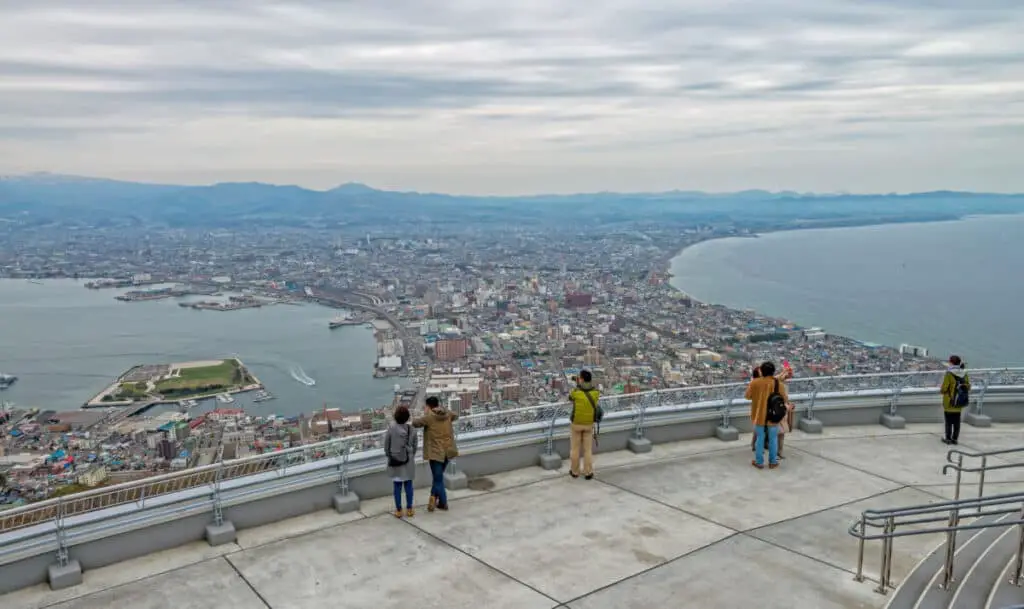
Highlights of Hokkaido
Hot springs: Hokkaido has numerous hot springs, or onsen, which are perfect for relaxing after a day of hiking or skiing. Some popular onsen towns include Noboribetsu, Jozankei, and Toyako.
Skiing: Hokkaido is known for its powder snow and world-class ski resorts, such as Niseko, Rusutsu, and Furano. Skiing and snowboarding are popular winter activities, and there are also opportunities for snowshoeing and cross-country skiing.
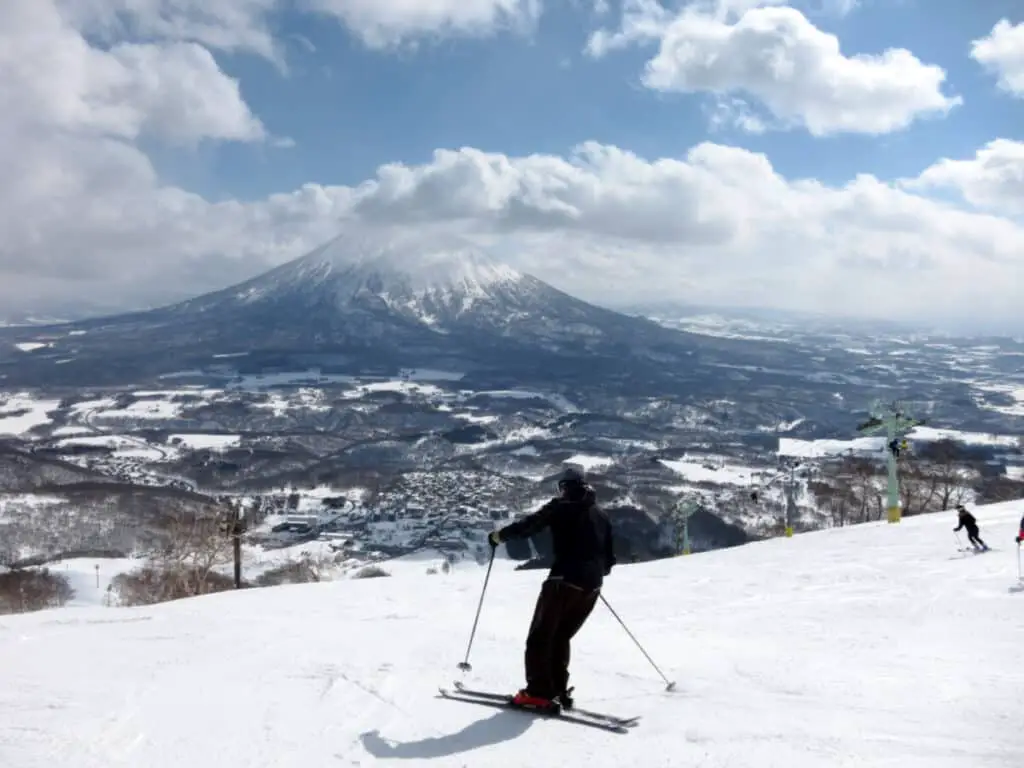
Local cuisine: Hokkaido is famous for its seafood, dairy products, and agricultural produce. Some must-try dishes include kaisen-don (rice bowl with fresh seafood), soup curry (spicy curry with vegetables and meat), and soft serve ice cream.
Transportation and Logistics: Hokkaido can be reached by plane, train, or ferry. The main airport is New Chitose Airport near Sapporo, which has direct flights from major cities in Japan and Asia.

Hokkaido also has a well-developed public transportation system, including trains, buses, and rental cars. However, some areas may be more accessible by car, especially in rural areas, so renting a car can be a convenient option.
It’s also important to note that Hokkaido can get quite cold in the winter, so it’s recommended to pack warm clothing and be prepared for snowy conditions.
In addition, Hokkaido is divided into several regions and prefectures, each with its own unique attractions and experiences. Some other notable regions to consider for back pacing in Hokkaido include:
Central Hokkaido: This region is known for its picturesque scenery and outdoor activities, such as hiking, rafting, and fishing. Some popular destinations include Furano, Biei, and Asahikawa.

Southern Hokkaido: This region is home to several national parks and scenic coastlines, as well as hot springs and seafood. Some notable places to visit include Hakodate, Oshamanbe, and Noboribetsu.
Eastern Hokkaido: As mentioned earlier, this region is ideal for birdwatching, exploring Ainu culture, and hiking in pristine wilderness areas. Some highlights include Shiretoko, Lake Akan, and Kushiro Marsh.
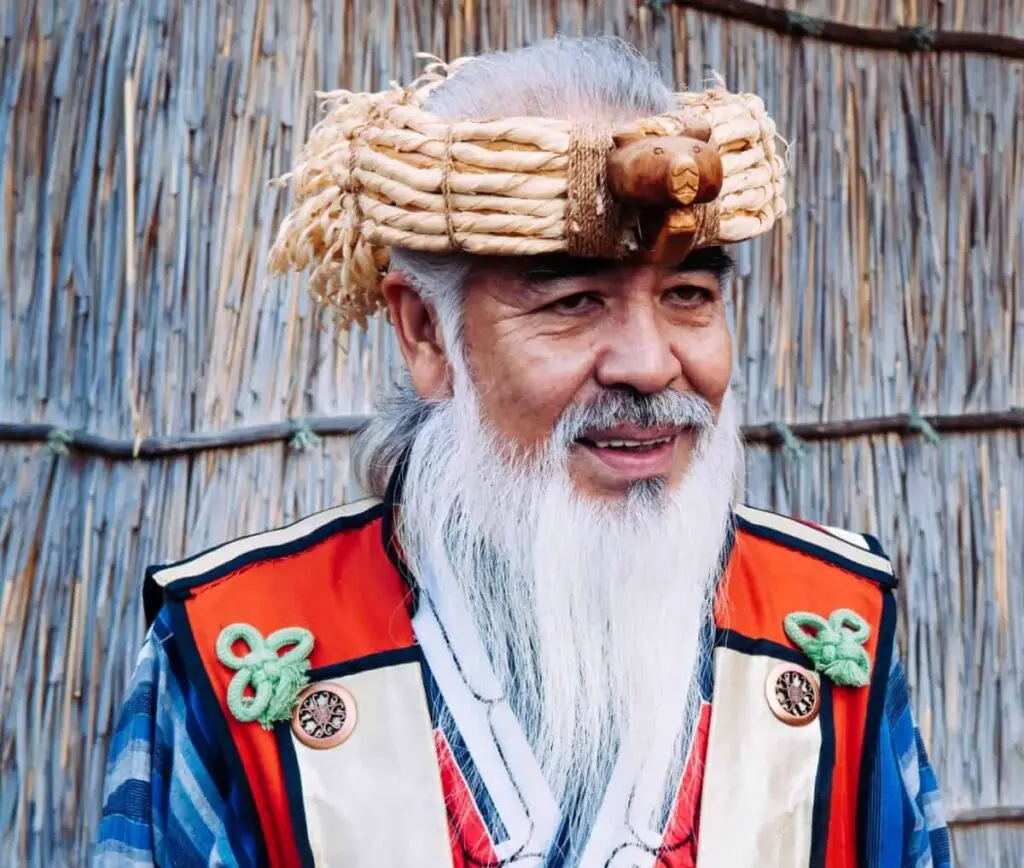
Overall, back pacing in Hokkaido offers a unique opportunity to immerse oneself in the natural beauty and rich culture of Japan’s northernmost island.
With a range of activities, attractions, and accommodations to choose from, Hokkaido is sure to appeal to a variety of travelers looking for a memorable and authentic experience.
Tohoku
Tohoku is a region in northern Japan that is known for its rugged coastline, mountainous terrain, and unique cultural traditions.
The region consists of six prefectures: Aomori, Akita, Iwate, Yamagata, Miyagi, and Fukushima.
In this section, we will provide an overview of Tohoku’s history, culture, and natural wonders, as well as suggested itineraries for back pacing in the region.
We will also highlight some of the top attractions and provide information on transportation and logistics.
Tohoku’s history is rich and varied, with evidence of human habitation dating back to prehistoric times.
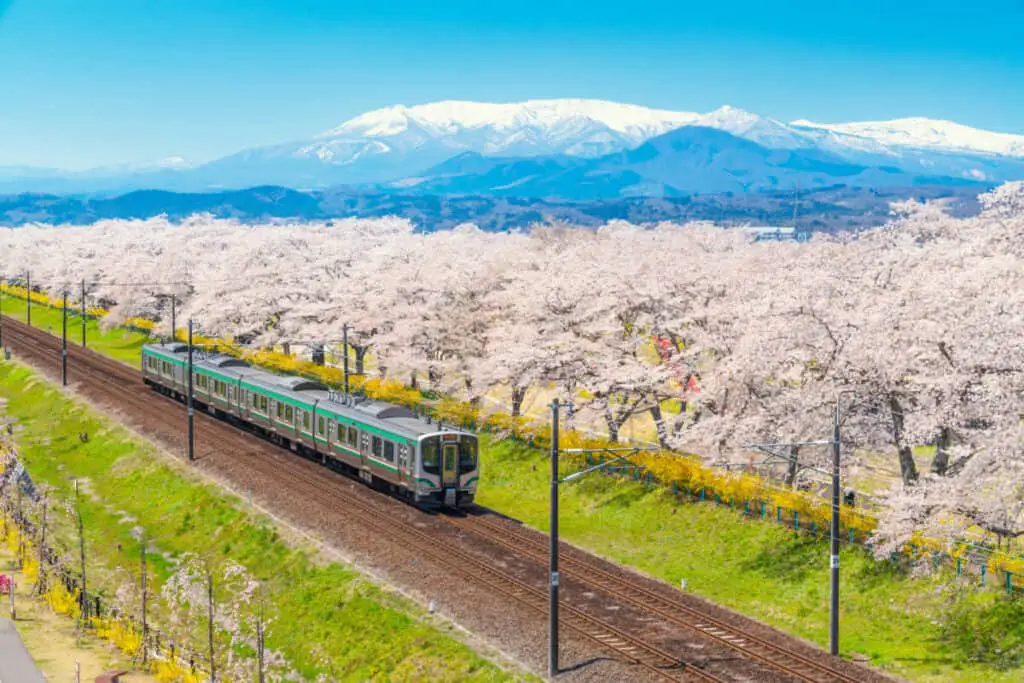
The region was home to several ancient Japanese clans and played a significant role in Japan’s medieval history. Tohoku also has a strong connection to nature, with several national parks and scenic areas that attract visitors year-round.
When it comes to back pacing in Tohoku, there are several routes and itineraries to consider, depending on your interests and preferences. Some popular options include:
The Michinoku Coastal Trail: This 700-kilometer trail stretches along the coastline of Tohoku, offering stunning views of the sea and rugged cliffs. It is divided into several sections, each with its own unique attractions and accommodations.
The Dewa Sanzan Pilgrimage: This ancient pilgrimage route takes travelers through the three sacred mountains of Dewa Sanzan in Yamagata Prefecture. Along the way, visitors can experience traditional Japanese culture and soak in hot springs.
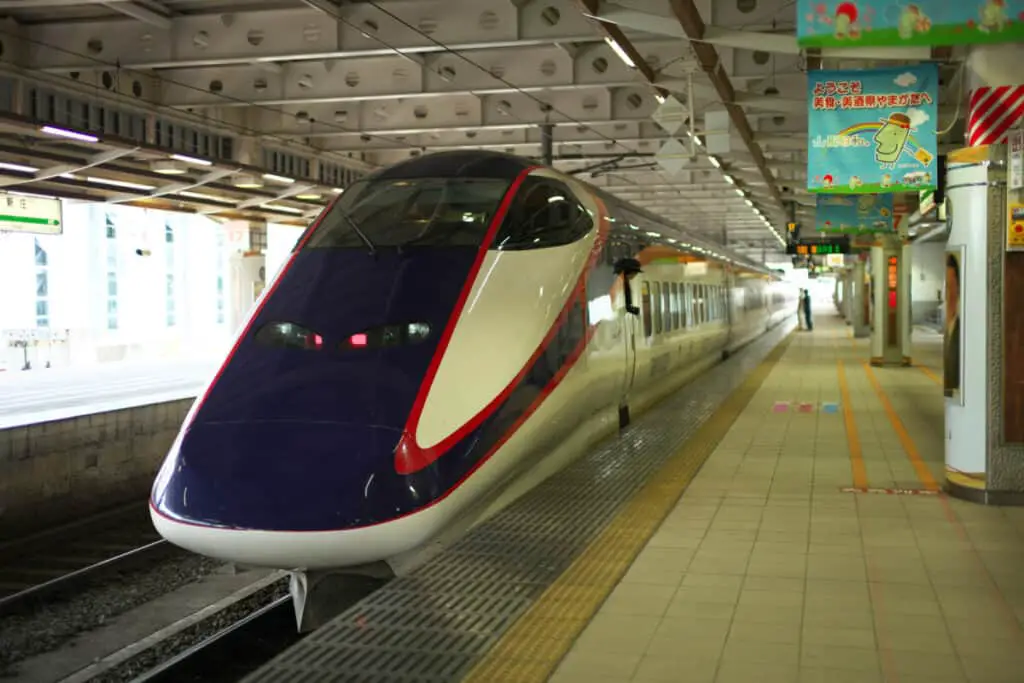
The Oze National Park Trek: Oze National Park, located in Fukushima Prefecture, is a pristine wilderness area known for its colorful alpine flowers and crystal-clear lakes. Trekking through this park is a popular activity in the summer months.
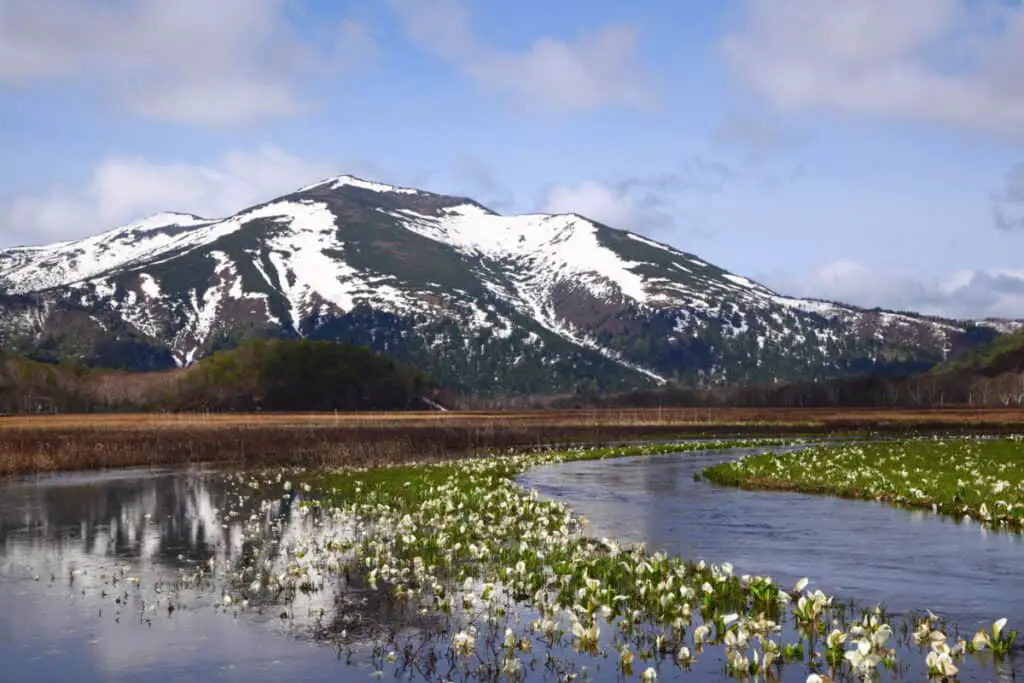
Tohoku is also home to several famous attractions, such as Matsushima Bay, a scenic bay dotted with over 200 pine-covered islands; the Aomori Nebuta Festival, a vibrant summer festival featuring illuminated floats; and Yamadera Temple, a mountain temple known for its stunning views and serene atmosphere.
Getting around Tohoku is relatively easy, with several train lines and bus services connecting the different prefectures.
It’s also possible to rent a car, although some areas may be more accessible by public transportation.
Overall, Tohoku is a region that offers a unique blend of natural beauty, cultural richness, and historical significance.
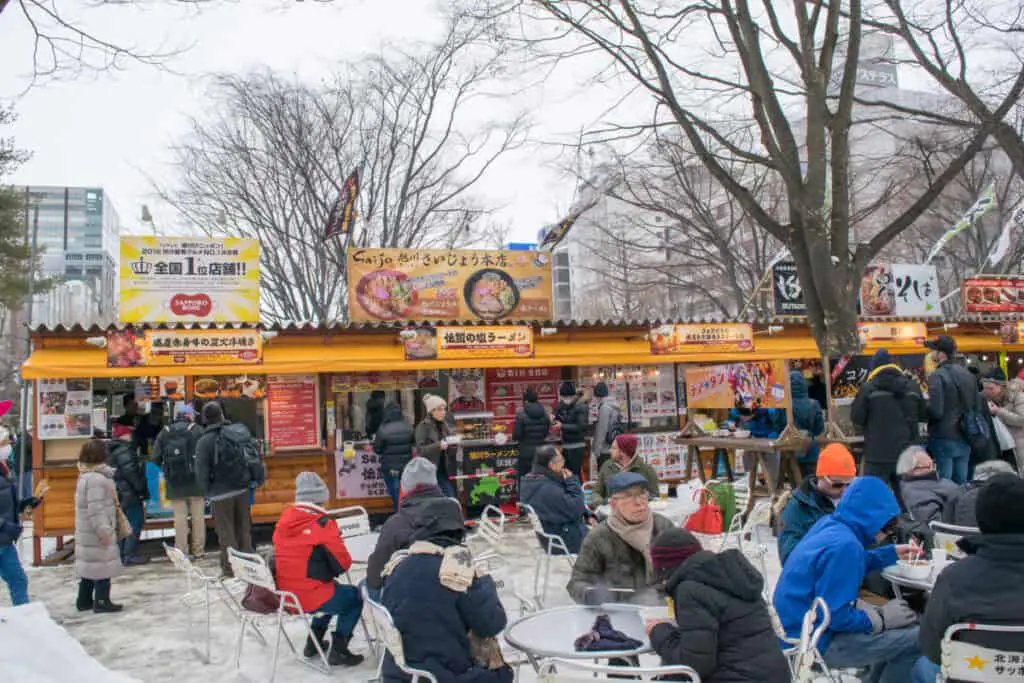
Whether you’re interested in hiking, soaking in hot springs, or experiencing traditional Japanese festivals, Tohoku is sure to have something that appeals to you.
Kanto
Kanto is a region in eastern Japan that is known for its bustling cities, historic landmarks, and scenic beauty. The region includes Tokyo and seven other prefectures: Kanagawa, Chiba, Saitama, Gunma, Tochigi, Ibaraki, and Yamanashi.
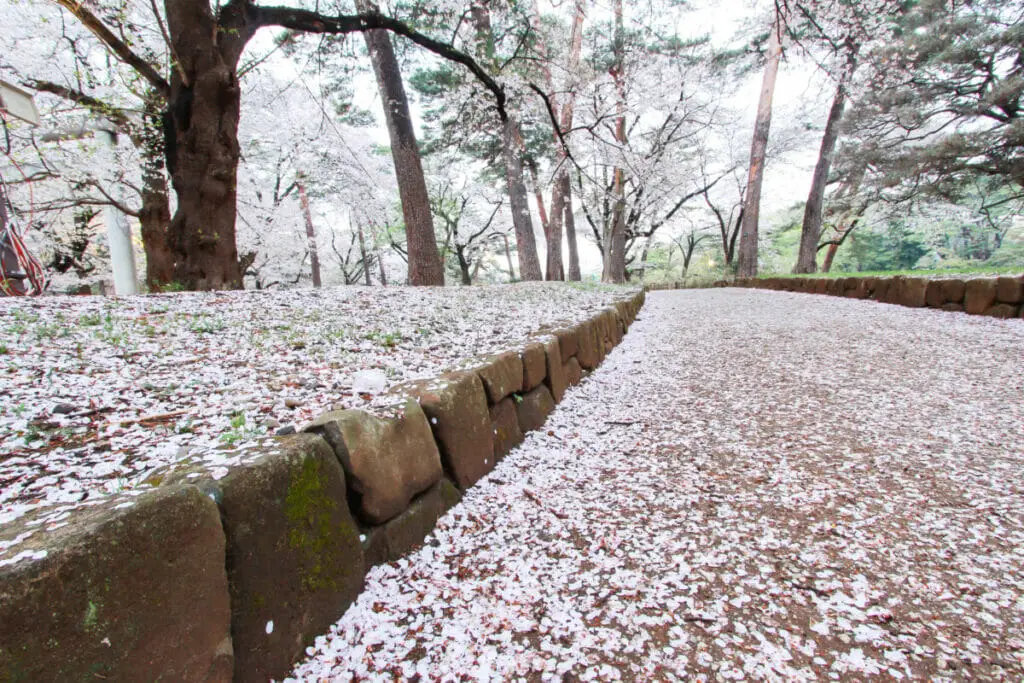
In this chapter, we will provide an overview of Kanto’s urban and rural attractions, as well as suggested itineraries for back packing in the region.
We will also highlight some of the top attractions and provide information on transportation and logistics.

Kanto’s biggest draw is undoubtedly Tokyo, one of the world’s most vibrant and exciting cities. With its cutting-edge technology, modern architecture, and traditional neighborhoods, Tokyo offers a unique blend of old and new.
Other cities in the Kanto region, such as Yokohama, Chiba, and Saitama, also offer plenty of attractions, including amusement parks, shopping districts, and cultural landmarks.
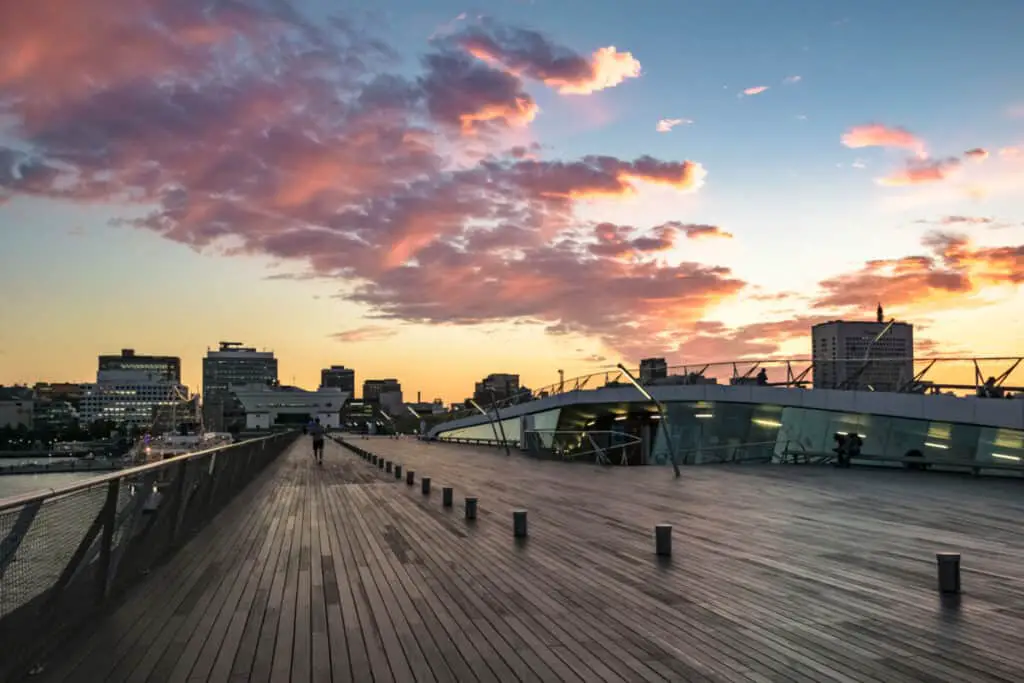
But Kanto isn’t just about urban living – it also has several rural areas that are worth exploring. Some popular destinations for back packing in Kanto include:
Nikko: Located in Tochigi Prefecture, Nikko is home to several World Heritage sites, including the Toshogu Shrine and the Futarasan Shrine. The area is also known for its natural beauty, with waterfalls, hot springs, and scenic hiking trails.
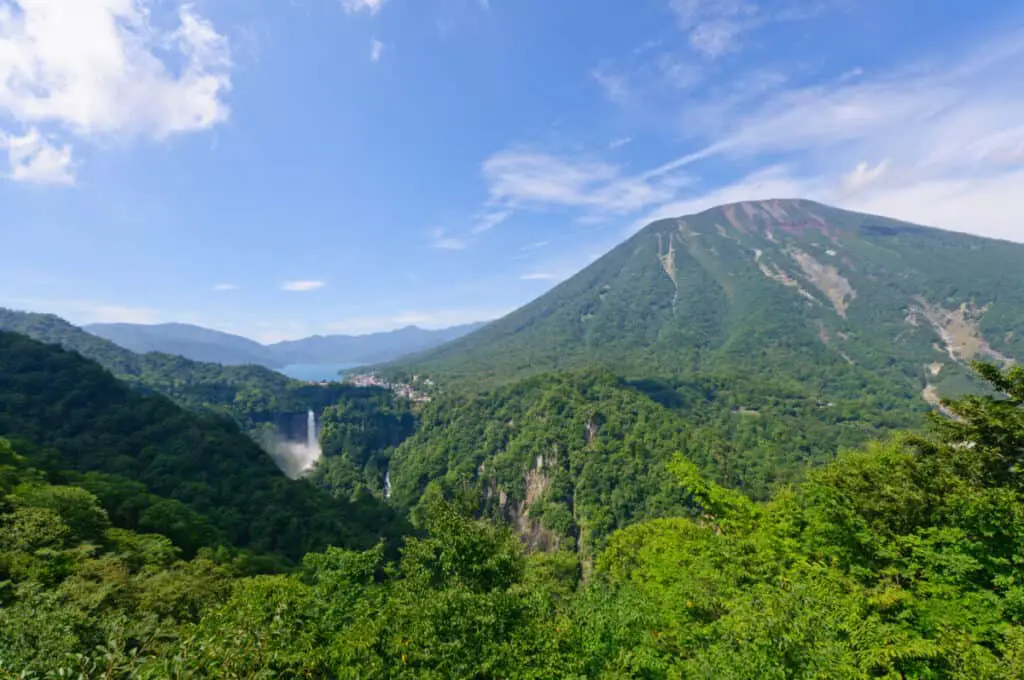
Kamakura: This coastal town in Kanagawa Prefecture is known for its temples and shrines, including the Great Buddha of Kamakura and the Hasedera Temple. It’s also a popular destination for beach lovers, with several beaches that offer swimming, surfing, and sunbathing.
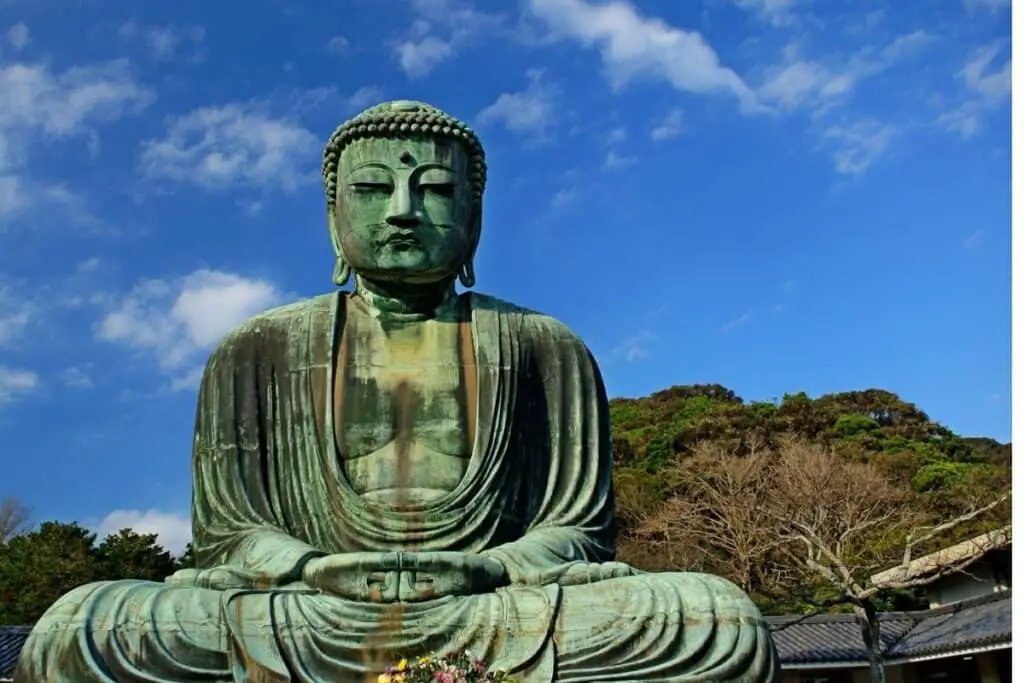
Kawaguchiko: Located in Yamanashi Prefecture, Kawaguchiko is a scenic town that offers stunning views of Mount Fuji. Visitors can take a cable car to the top of Mount Kachi Kachi for panoramic views, explore the nearby lakes, or soak in hot springs.
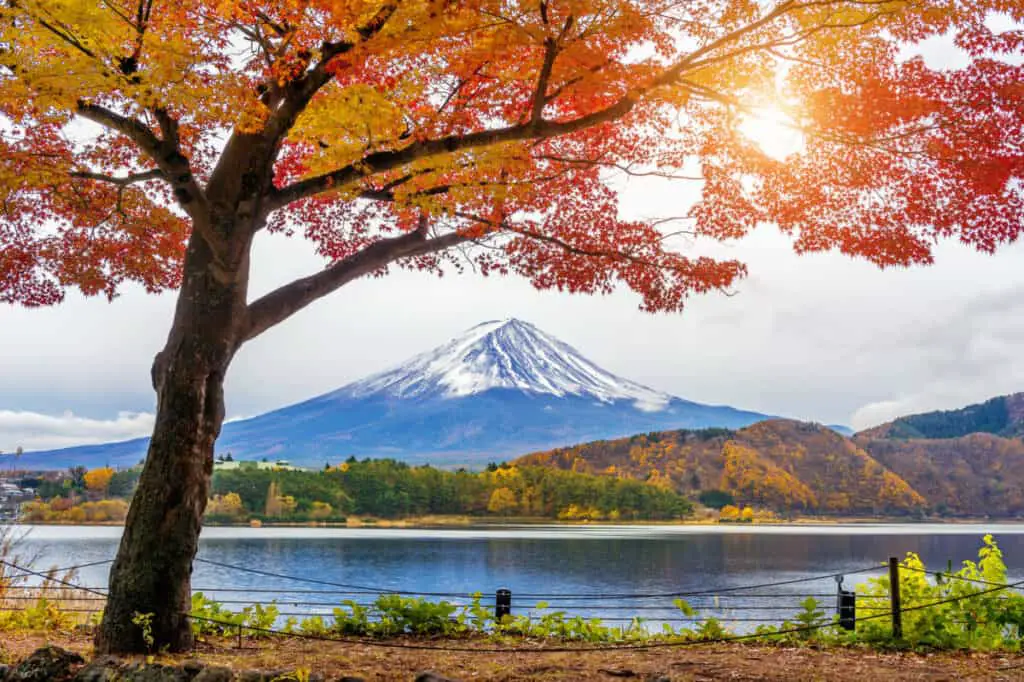
When it comes to transportation, Kanto is well-connected with several train and bus lines that make it easy to get around.
Tokyo also has an extensive subway system that is convenient and affordable. For those who prefer to drive, renting a car is also an option.
Overall, Kanto is a region that offers a unique blend of urban and rural attractions, making it an ideal destination for back packing.
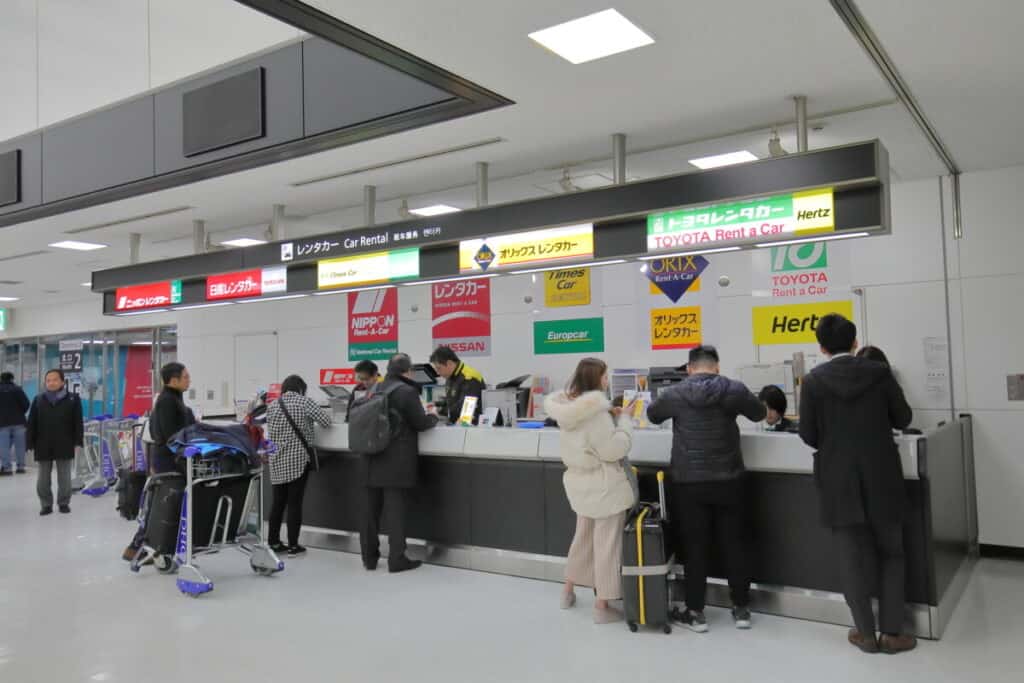
Whether you’re interested in exploring Tokyo’s traditional neighborhoods, visiting historic landmarks, or soaking in hot springs, Kanto has something for everyone.
Chubu Overview of Chubu’s mountainous landscapes and cultural heritage Suggested itineraries for back pacing in Chubu, including recommended routes, accommodations, and activities Highlights of the region, such as the Japan Alps, Takayama’s old town, and the Zenko-ji Temple in Nagano Information on transportation and logistics
Chubu
Chubu is a region in central Japan that is known for its mountainous landscapes and cultural heritage. The region includes nine prefectures: Toyama, Ishikawa, Fukui, Niigata, Nagano, Yamanashi, Gifu, Shizuoka, and Aichi.
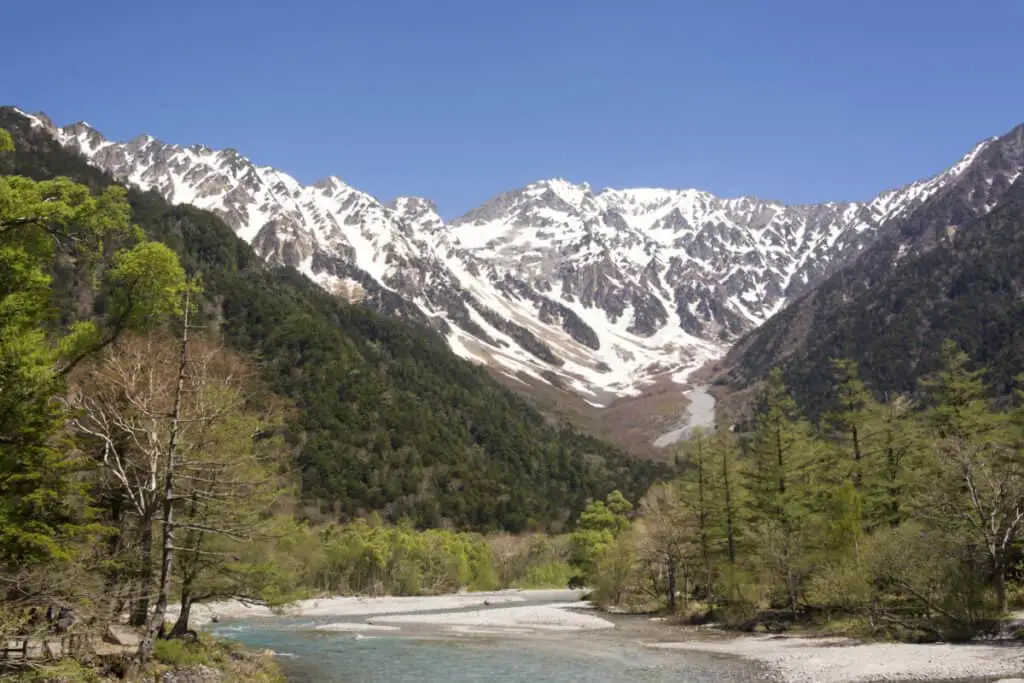
In this section, we will provide an overview of Chubu’s unique attractions, as well as suggested itineraries for back pacing in the region.
We will also highlight some of the top attractions and provide information on transportation and logistics.
Chubu’s biggest draw is the Japan Alps, a majestic mountain range that spans across several prefectures in the region.
The Japan Alps offer spectacular views, hiking trails, and winter sports opportunities. Other popular destinations in Chubu include:
Takayama: This historic town in Gifu Prefecture is known for its well-preserved old town, which features traditional houses, sake breweries, and museums. It’s also a great place to sample local cuisine, such as Hida beef and sake.
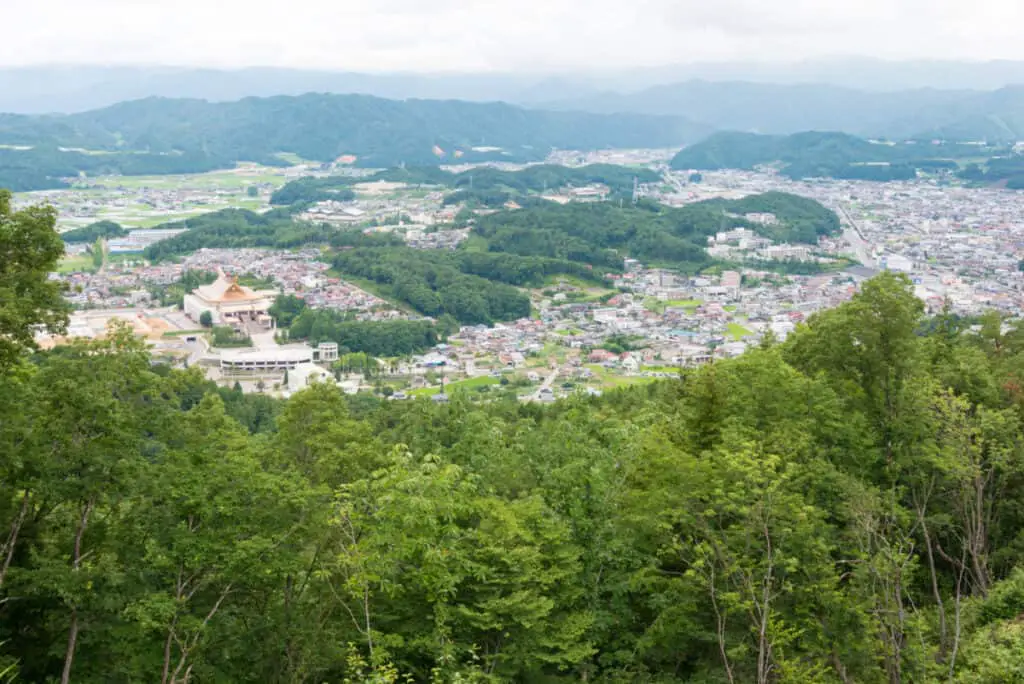
Nagano: Located in Nagano Prefecture, this city is famous for hosting the 1998 Winter Olympics and is home to several winter sports resorts, such as Hakuba and Shiga Kogen. Nagano is also home to the Zenko-ji Temple, one of Japan’s oldest and most important Buddhist temples.
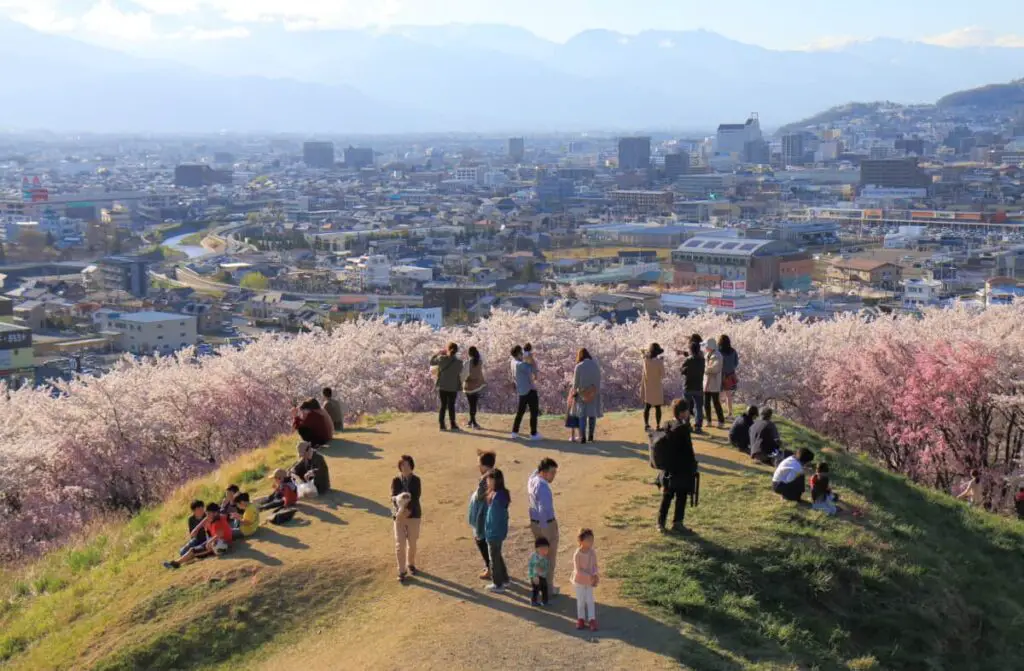
Yamanashi: This prefecture is located at the base of Mount Fuji and offers stunning views of the iconic volcano. Visitors can explore the Fuji Five Lakes, go fruit-picking in the countryside, or soak in hot springs.
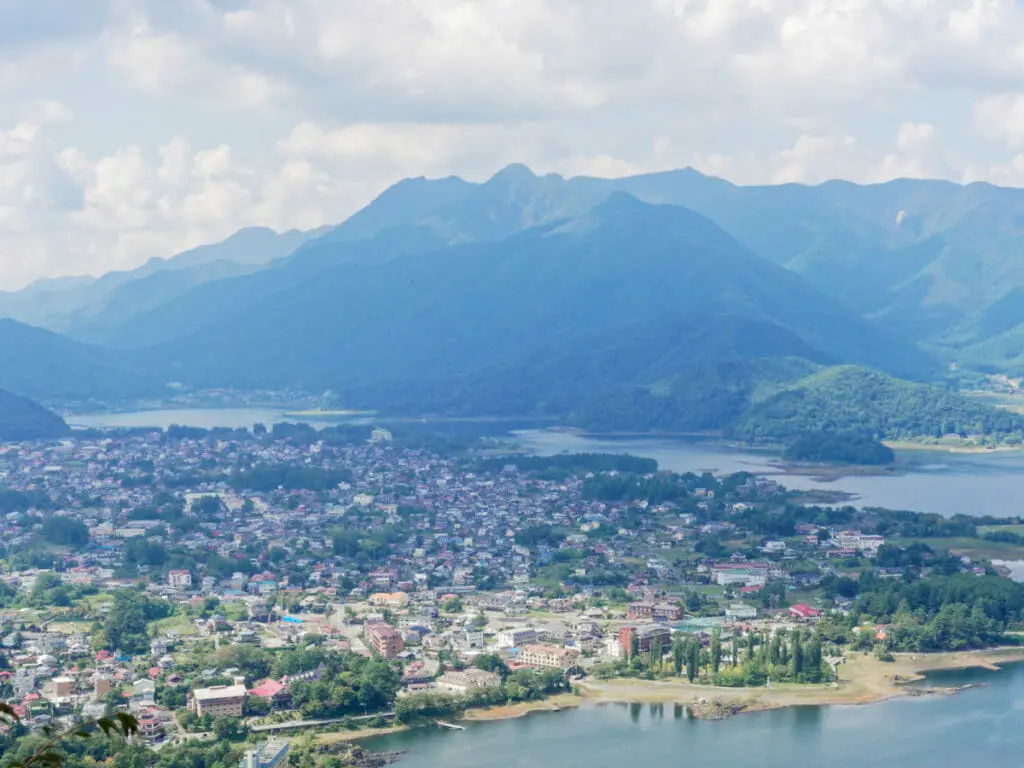
When it comes to transportation, Chubu is well-connected with several train and bus lines that make it easy to get around. There are also several highways that connect the major cities and attractions. Renting a car is also an option for those who prefer to drive.
Overall, Chubu is a region that offers a unique blend of natural beauty and cultural heritage, making it an ideal destination for back packing.
Whether you’re interested in exploring the Japan Alps, visiting historic towns, or soaking in hot springs, Chubu has something for everyone.
Kansai
Kansai is a region in western Japan that is known for its historical and spiritual sites. The region includes seven prefectures: Osaka, Kyoto, Hyogo, Shiga, Nara, Wakayama, and Mie.
In this chapter, we will provide an overview of Kansai’s unique attractions, as well as suggested itineraries for back pacing in the region.
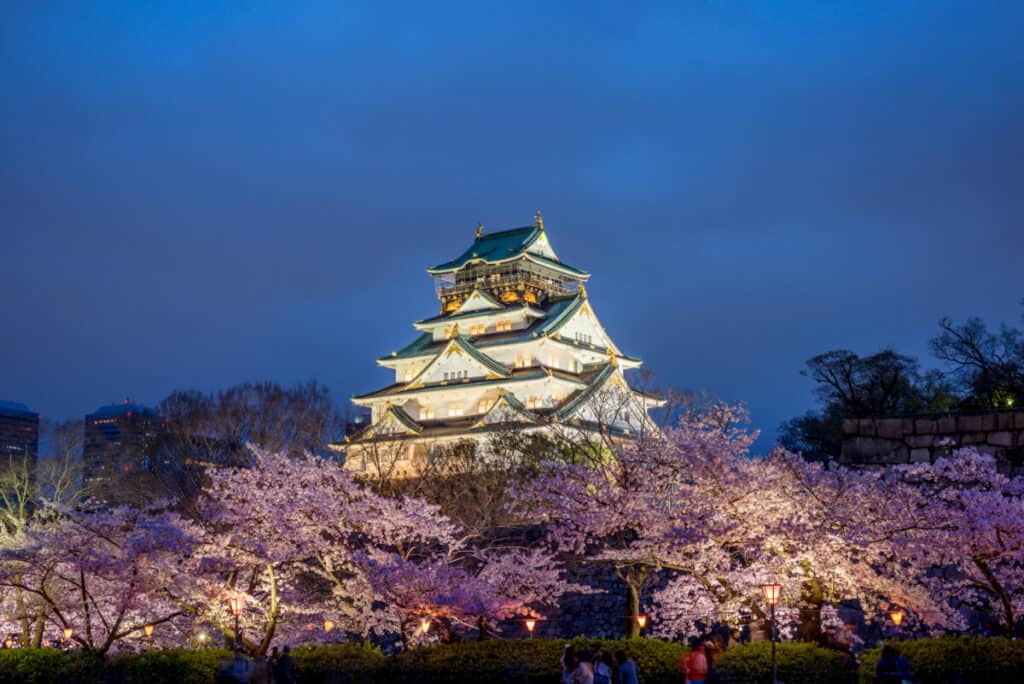
We will also highlight some of the top attractions and provide information on transportation and logistics.
Kansai is home to several of Japan’s most iconic attractions, including Kyoto’s temples and gardens, Nara’s deer park and temples, and Osaka’s food and nightlife. Other popular destinations in Kansai include:
Kobe: This port city in Hyogo Prefecture is famous for its delicious beef and scenic waterfront. Visitors can take a stroll through the Kitano-cho district, which features Western-style mansions from the 19th century, or take a cable car up to the Mount Rokko Observatory for stunning views of the city.
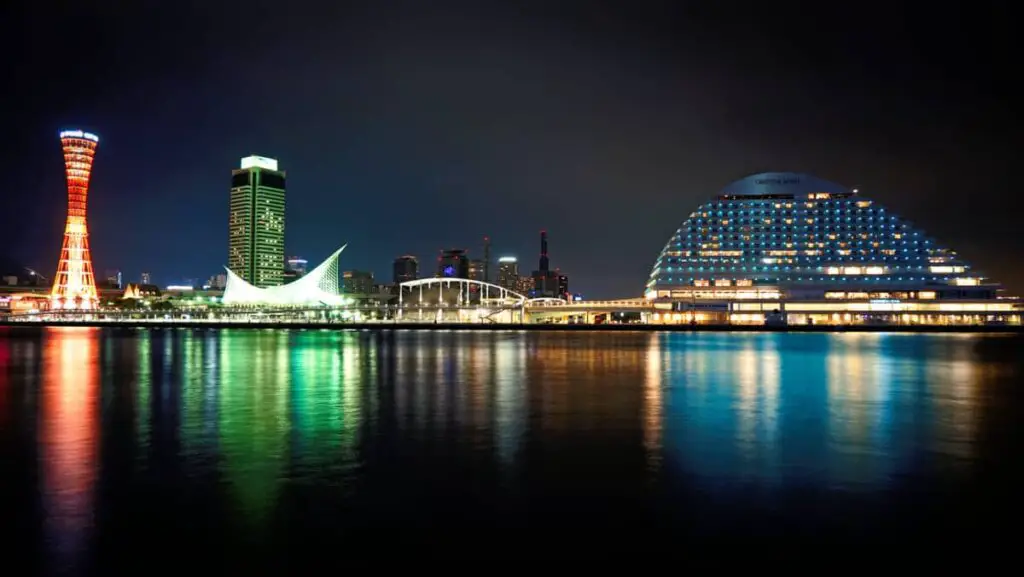
Wakayama: Located in the southern part of Kansai, this prefecture is home to several UNESCO World Heritage sites, such as the Kumano Kodo pilgrimage trails and the sacred Mount Koya. Visitors can also relax in hot springs or go hiking in the mountains.
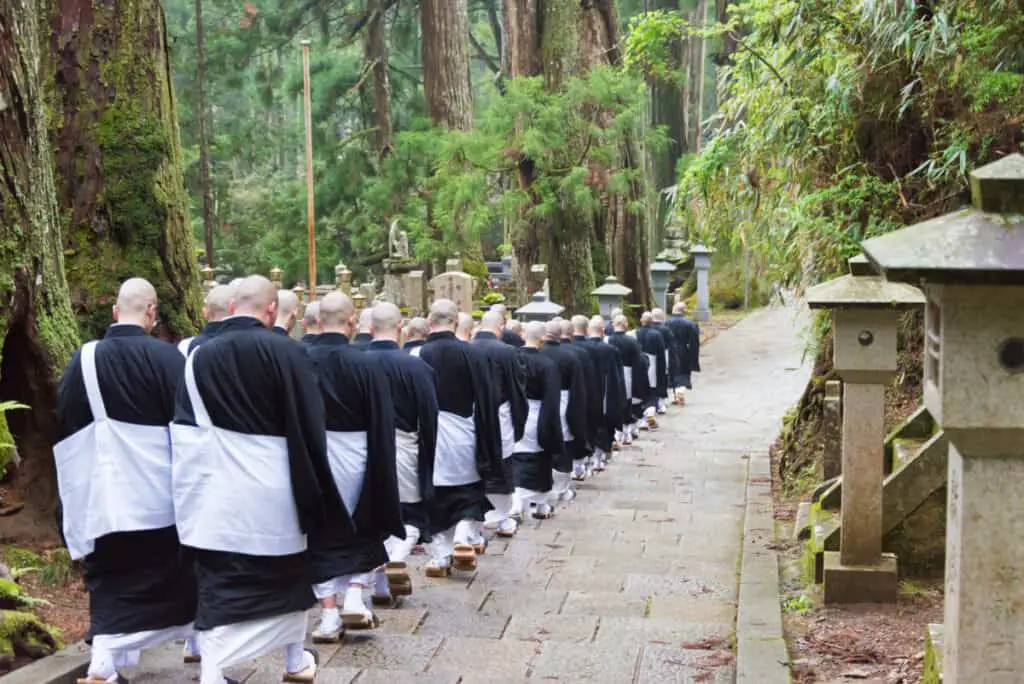
Shiga: This prefecture is located near Lake Biwa, Japan’s largest freshwater lake. Visitors can explore the historic city of Otsu, which has several temples and shrines, or take a boat cruise on the lake.
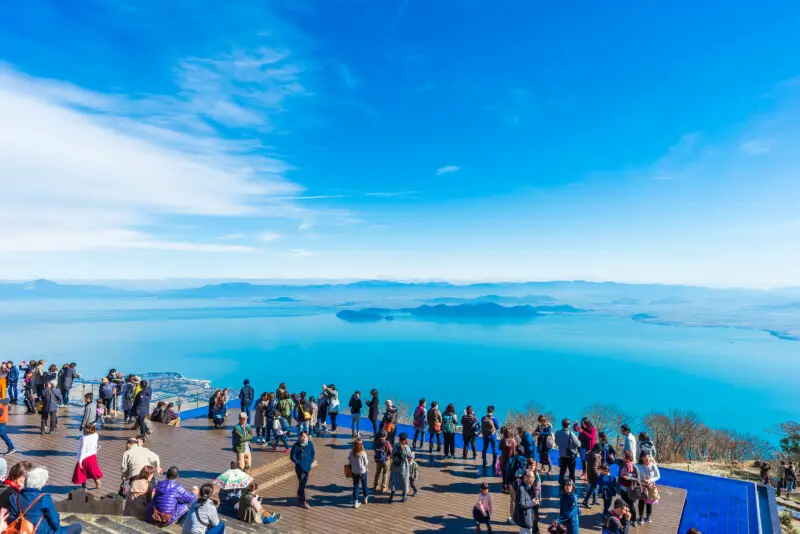
Kansai is well-connected with several train and bus lines that make it easy to get around. The shinkansen (bullet train) also connects Kansai to other parts of Japan, such as Tokyo and Hiroshima.
Renting a car is also an option for those who prefer to drive.
Overall, Kansai is a region that offers a rich mix of history, culture, and natural beauty, making it an ideal destination for back packing.
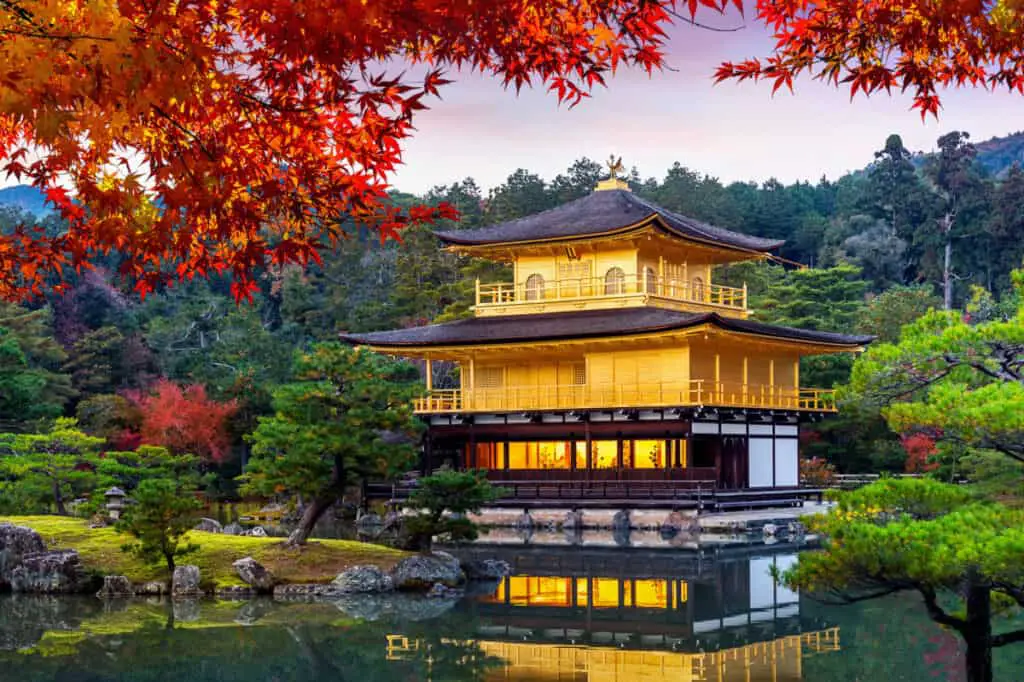
Whether you’re interested in exploring the temples and gardens of Kyoto, seeing the deer in Nara, or indulging in the food and nightlife of Osaka, Kansai has something for everyone.
Chugoku
Chugoku is a region located in western Japan that spans five prefectures: Hiroshima, Okayama, Tottori, Shimane, and Yamaguchi.
It is known for its natural beauty and historical significance, making it a popular destination for travelers seeking a mix of both.
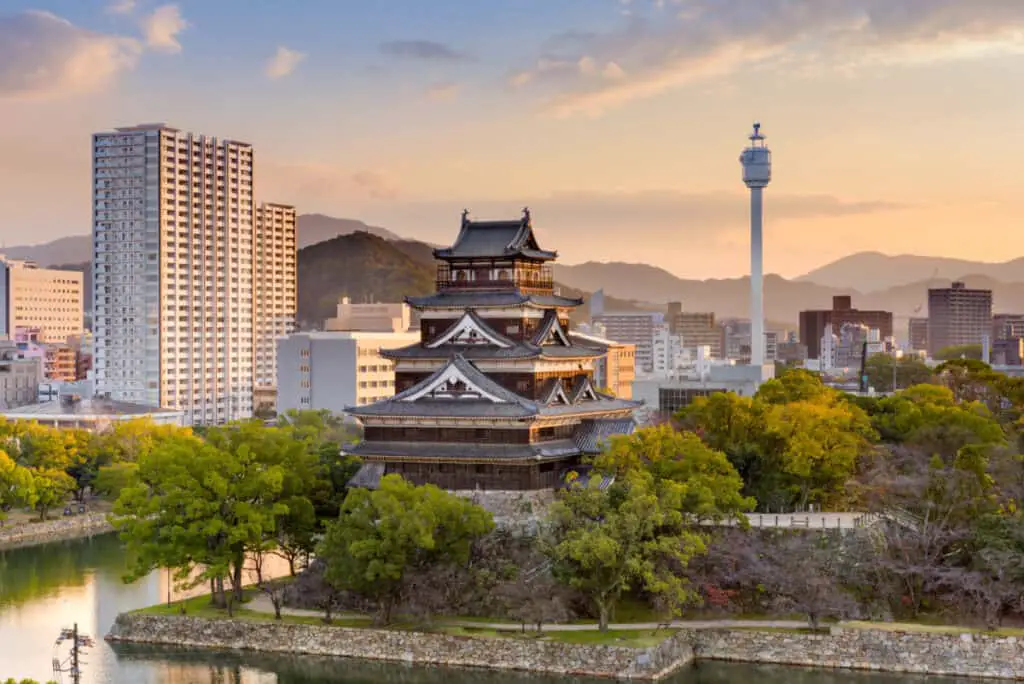
In this section, we will provide an overview of Chugoku’s unique attractions, as well as suggested itineraries for back pacing in the region.
We will also highlight some of the top attractions and provide information on transportation and logistics.
Chugoku is home to several of Japan’s most iconic attractions, including Hiroshima’s peace park and Miyajima’s Itsukushima Shrine. Other popular destinations in Chugoku include:
Tottori Sand Dunes: This unique natural feature in Tottori Prefecture is a must-see for visitors to the region. The sand dunes are the largest in Japan and offer stunning views of the Sea of Japan.
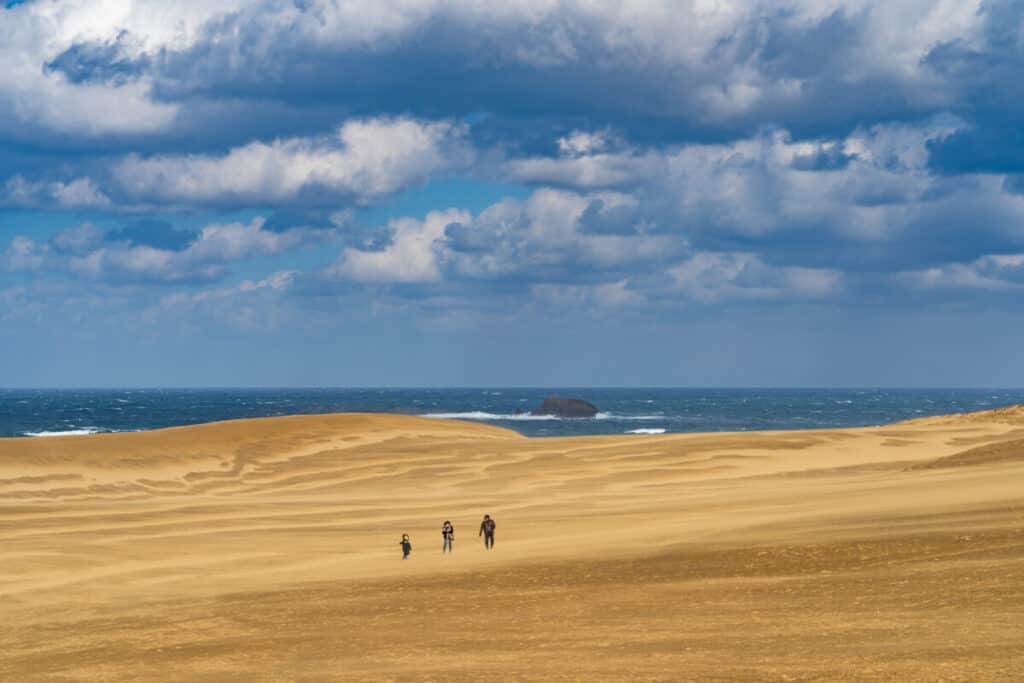
Okayama’s Korakuen Garden: One of Japan’s most beautiful gardens, Korakuen was built in the early 18th century and features a large pond, teahouses, and walking paths.
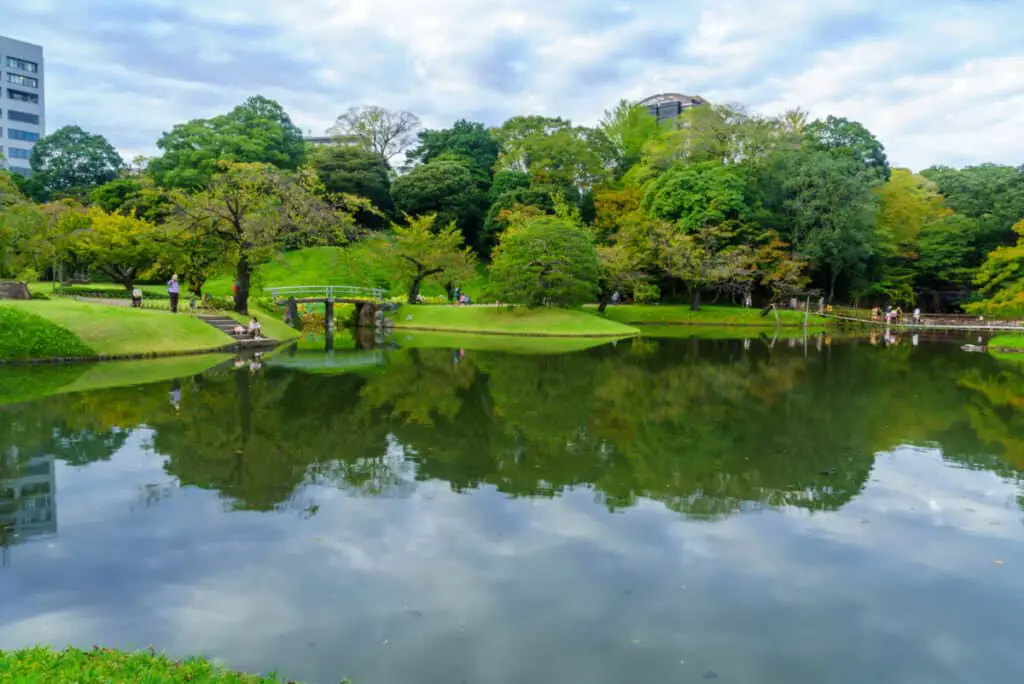
Shimane’s Izumo Taisha Shrine: This ancient Shinto shrine is dedicated to the god of marriage and is said to be the meeting place for all of Japan’s gods. Visitors can participate in traditional rituals and see the shrine’s impressive architecture.
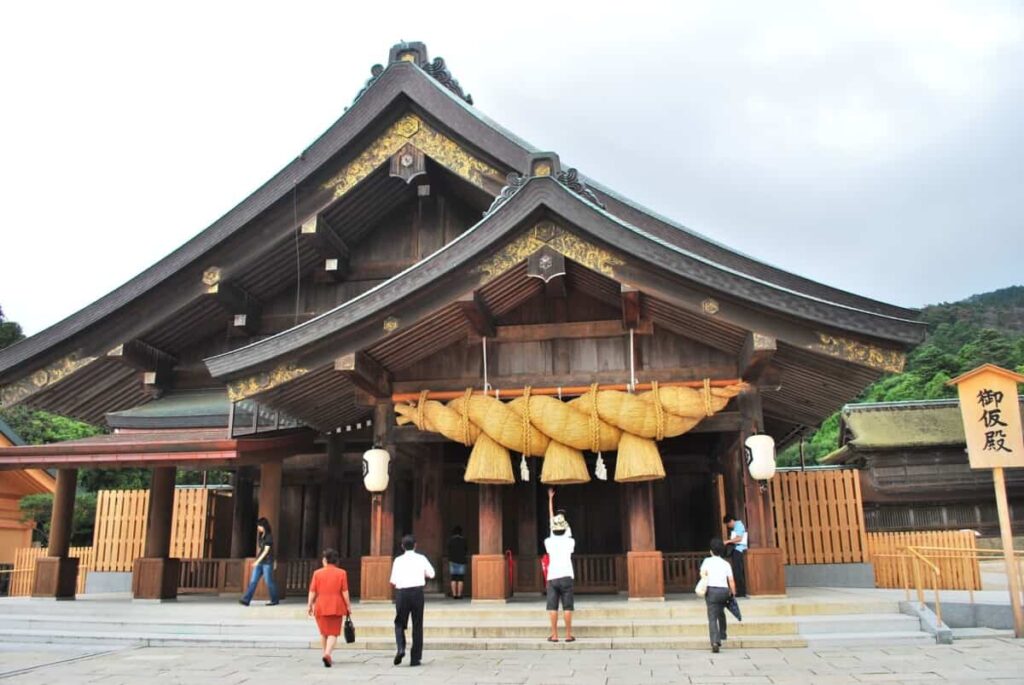
Chugoku is well-connected with several train and bus lines that make it easy to get around.
The shinkansen (bullet train) also connects Chugoku to other parts of Japan, such as Osaka and Fukuoka. Renting a car is also an option for those who prefer to drive.
Overall, Chugoku is a region that offers a unique mix of natural beauty and historical significance, making it an ideal destination for back packing.
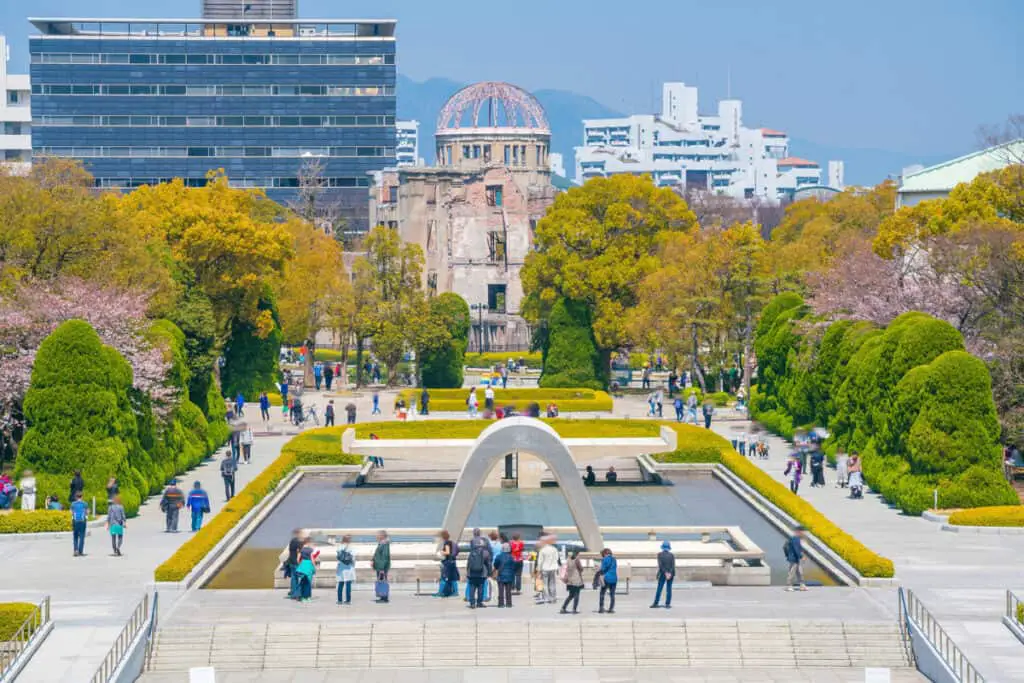
Whether you’re interested in exploring Hiroshima’s peace park and Miyajima’s Itsukushima Shrine, seeing the Tottori Sand Dunes, or visiting ancient shrines, Chugoku has something for everyone.
Shikoku
Shikoku is the smallest of Japan’s four main islands and is known for its pilgrimage routes and scenic coastlines.
The island is divided into four prefectures: Ehime, Kagawa, Kochi, and Tokushima. In this section, we will provide an overview of Shikoku’s unique attractions, as well as suggested itineraries for back packing in the region.
We will also highlight some of the top attractions and provide information on transportation and logistics.
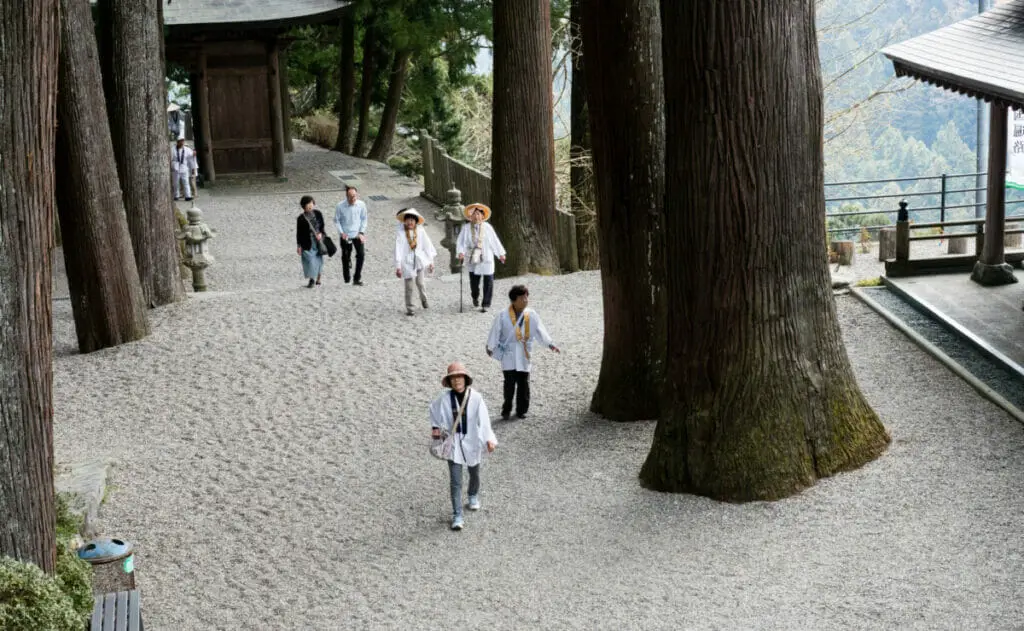
Shikoku is famous for its pilgrimage routes, collectively known as the Shikoku Pilgrimage. The pilgrimage consists of 88 temples and is traditionally completed on foot, although many people now choose to travel by car or bus.
The route covers approximately 1,200 kilometers and can take up to two months to complete.
Visitors can experience the pilgrimage by visiting some of the most famous temples, such as Temple 1, Ryozenji, and Temple 23, Yakuoji.
In addition to the pilgrimage, Shikoku is home to many beautiful coastal areas, such as the Naruto Whirlpools, which are created by the tides and currents in the Naruto Strait.
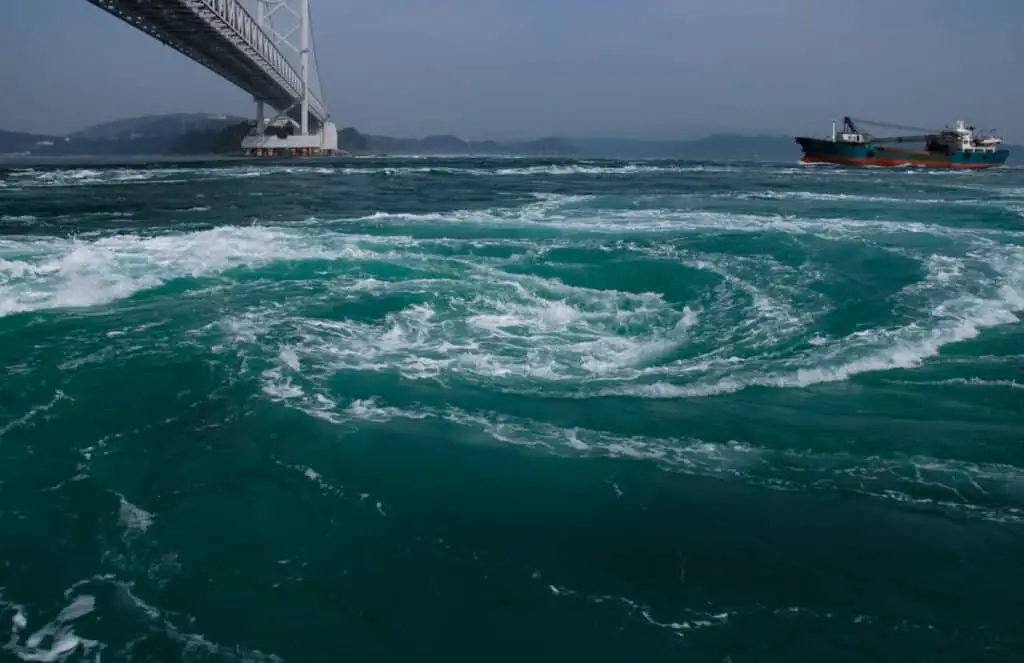
Visitors can view the whirlpools from a boat or observation deck. Another popular coastal area is the Katsura-hama Beach in Kochi Prefecture, which offers a beautiful view of the Pacific Ocean.
For those looking for a more adventurous experience, the Iya Valley in Tokushima Prefecture offers stunning natural scenery, including deep gorges and rushing rivers. Visitors can hike, bike, or even take a thrilling zipline ride over the valley.
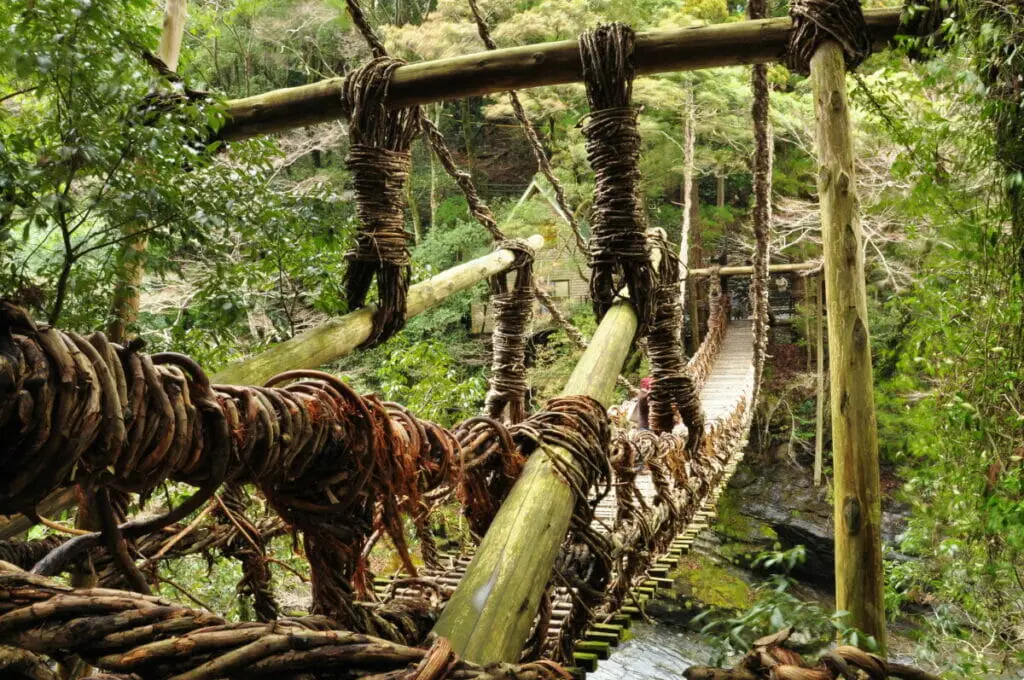
Shikoku is well-connected by train and bus lines, making it easy to get around. Renting a car is also an option for those who prefer to drive.
Accommodations in Shikoku range from traditional ryokans to modern hotels and hostels.
Overall, Shikoku offers a unique experience for travelers looking to explore the island’s pilgrimage routes and scenic coastal areas.
Whether you’re interested in completing the Shikoku Pilgrimage, viewing the Naruto Whirlpools, or exploring the Iya Valley, Shikoku has something for everyone.
Kyushu
Kyushu is Japan’s third-largest island and is known for its diverse cultural attractions and natural wonders. The island is home to seven prefectures: Fukuoka, Saga, Nagasaki, Kumamoto, Oita, Miyazaki, and Kagoshima.
In this section, we will provide an overview of Kyushu’s unique attractions, as well as suggested itineraries for back pacing in the region.
We will also highlight some of the top attractions and provide information on transportation and logistics.
Kyushu is known for its volcanic landscapes and hot springs, and one of the most popular hot spring destinations in the region is Beppu.
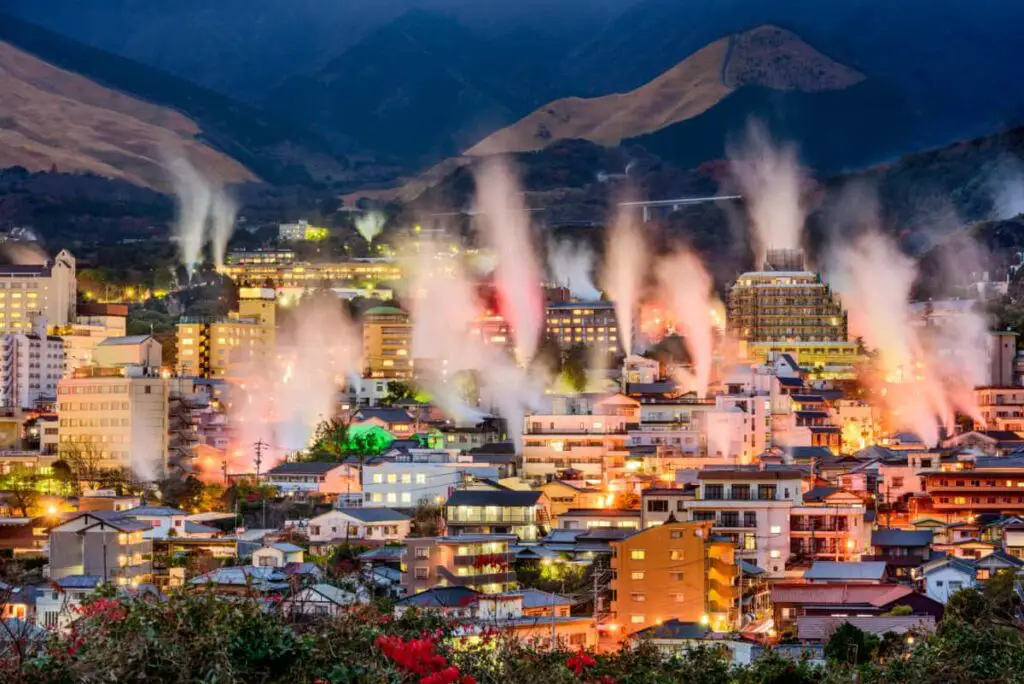
Beppu is home to over 2,000 hot springs and offers a variety of unique hot spring experiences, such as sand baths and mud baths. Visitors can also enjoy stunning views of the city from Beppu’s famous “Hell Tour” sites.
Another must-see attraction in Kyushu is Nagasaki, which is known for its history and cultural diversity.
Nagasaki is home to many famous sites, such as the Nagasaki Peace Park, which commemorates the victims of the atomic bomb.
Visitors can also explore the city’s Chinatown and Dutch Slope areas, which offer a glimpse into Nagasaki’s unique history.
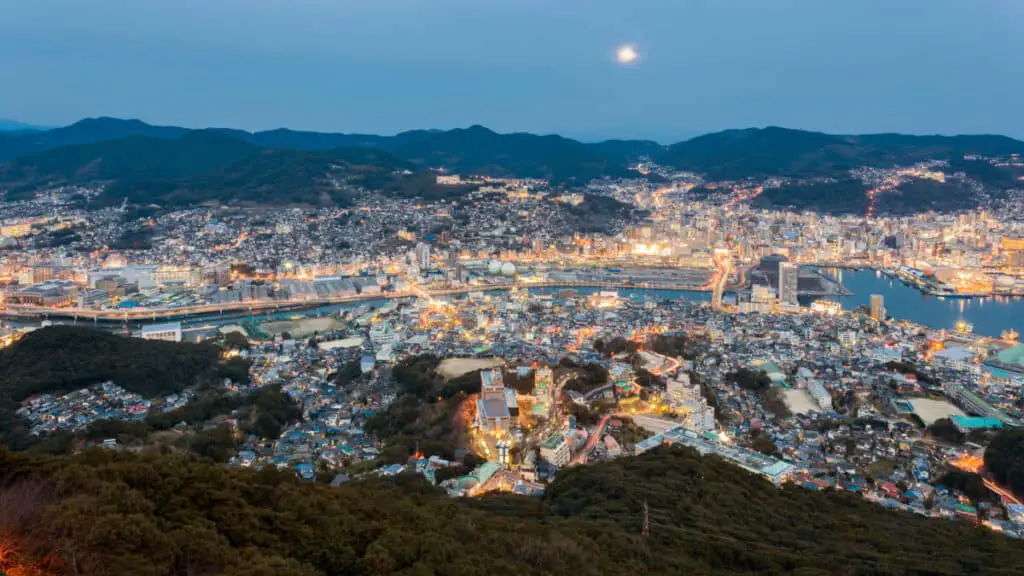
For nature enthusiasts, Yakushima Island is a must-visit destination. The island is a UNESCO World Heritage Site and is known for its ancient forests, unique wildlife, and beautiful hiking trails. Visitors can also relax in natural hot springs and enjoy the island’s stunning coastal scenery.
Kyushu is well-connected by train and bus lines, making it easy to get around. Renting a car is also an option for those who prefer to drive.
Accommodations in Kyushu range from traditional ryokans to modern hotels and hostels.
Overall, Kyushu offers a diverse range of cultural attractions and natural wonders for travelers looking to explore the region.
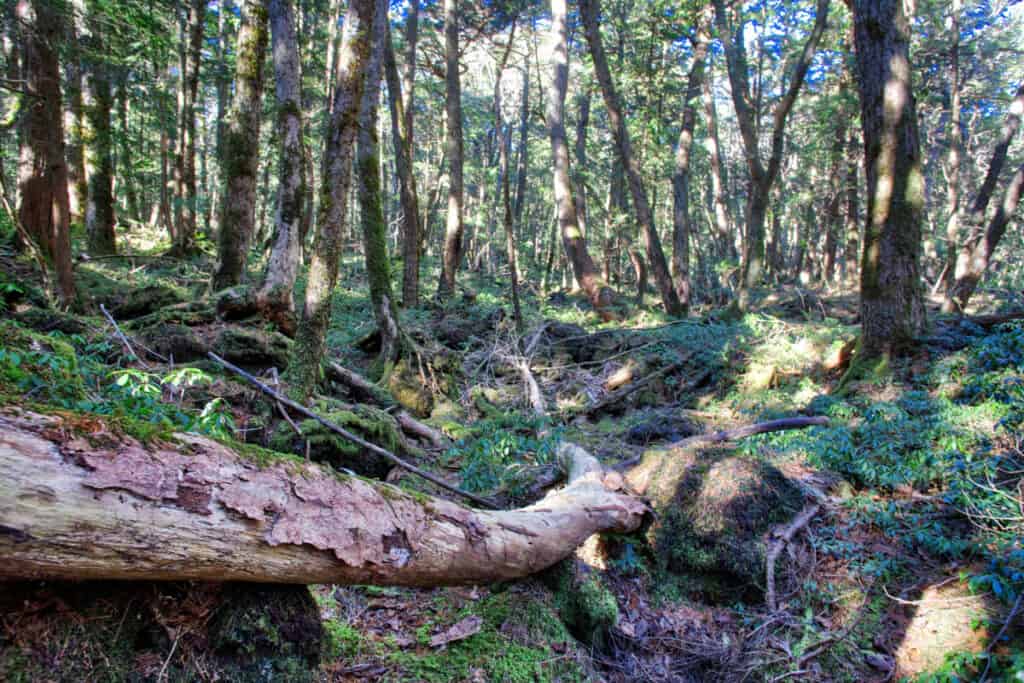
Whether you’re interested in soaking in hot springs in Beppu, learning about Nagasaki’s history, or hiking through Yakushima’s ancient forests, Kyushu has something for everyone.
Final Thoughts On Backpacking Japan
In conclusion, back packing in Japan is an incredibly unique and rewarding way to explore the country’s diverse regions and prefectures.
From the convenience stores and capsule hotels of major cities to the ancient temples and hot springs of the countryside, Japan offers a truly unparalleled travel experience.
Whether you’re on a limited budget or have extra time to spare, Japan has something to offer for every traveler. The country’s distinct seasons, including cherry blossom season and clear days with great views of Mt. Fuji, make it a perfect place to visit year-round.
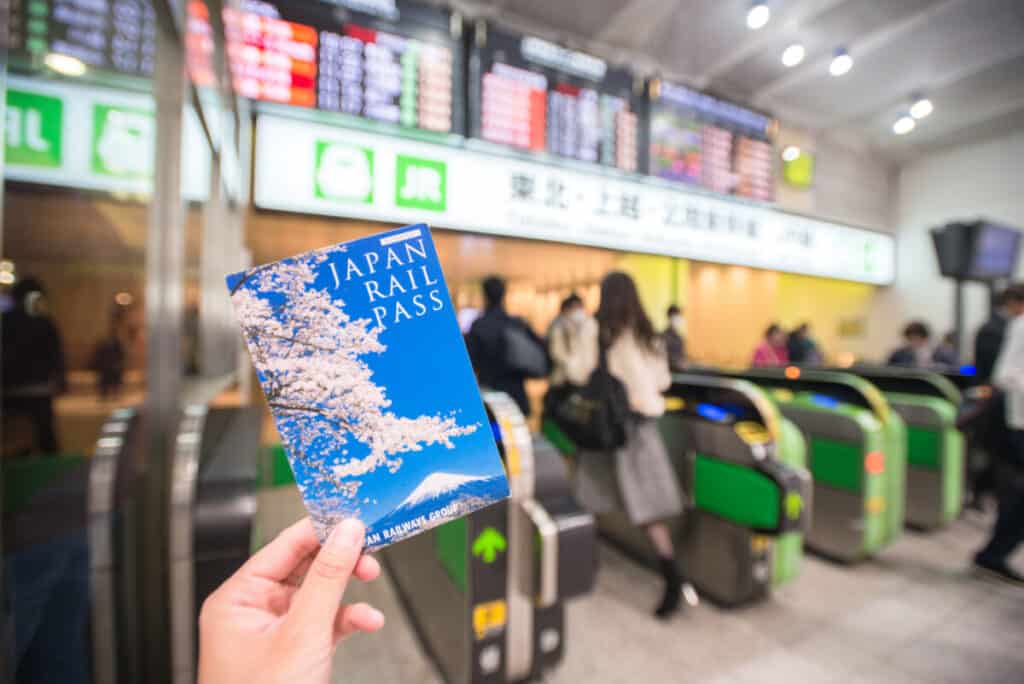
With the help of a Japan travel guide, Japan Rail Pass, and local trains or bullet trains, exploring the country’s main attractions, such as UNESCO World Heritage Sites, the Imperial Palace, and the Peace Memorial Park, is easy and convenient.
As a backpacker, budget traveler, or even a visitor on a work visa, Japan’s street food, souvenir shops, and cultural experiences are sure to leave a lasting impression.
For those seeking a more unique experience, Shikoku’s pilgrimage trail, Kyushu’s volcanic landscapes, and Hokkaido’s winter sports are just a few options.
Acknowledging the need for travel insurance, reusable water bottles, and appropriate clothing for distinct seasons, we hope this guide has provided valuable information for planning the best Japan itinerary.
Whether it’s a day trip, a week-long journey, or a long-term road trip, Japan is a great option for travelers looking to explore a beautiful country with a rich cultural heritage and friendly people.

We want to thank you for reading this guide and hope it has been helpful in planning your trip to Japan. Happy back packing!
Top Attractions To See For Each Prefecture (All 47) (Links Included To Each Location)
Hokkaido – Daisetsuzan National Park
Fukushima – Bandai-Azuma Skyline
Saitama – Chichibu-Tama-Kai National Park
Kanagawa – Hakone National Park
Toyama – Tateyama Kurobe Alpine Route
Kyoto – Fushimi Inari-taisha Shrine
Nara – Yoshino-Kumano National Park
Okayama – Kurashiki Bikan Historical Quarter
Yamaguchi – Akiyoshidai Plateau
Fukuoka – Dazaifu Tenmangu Shrine

